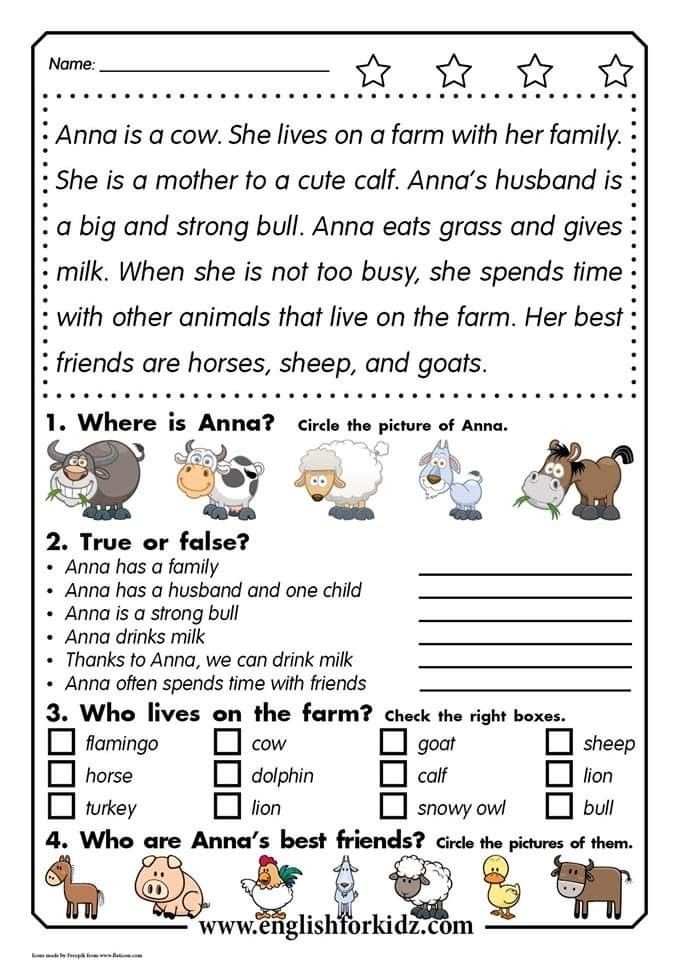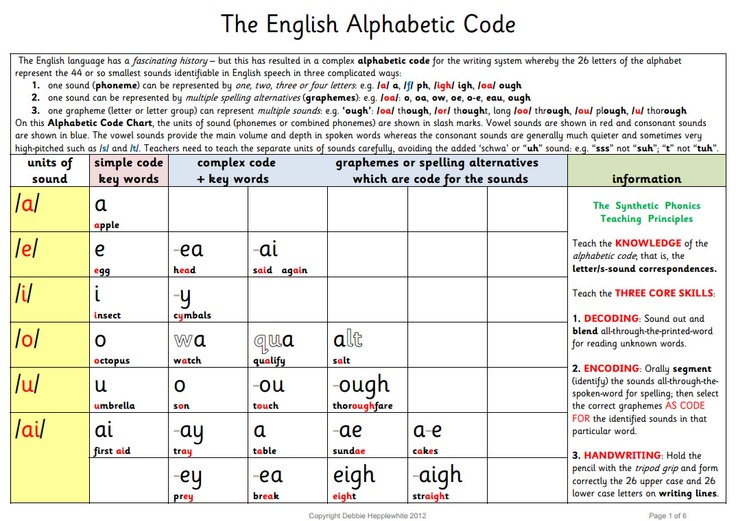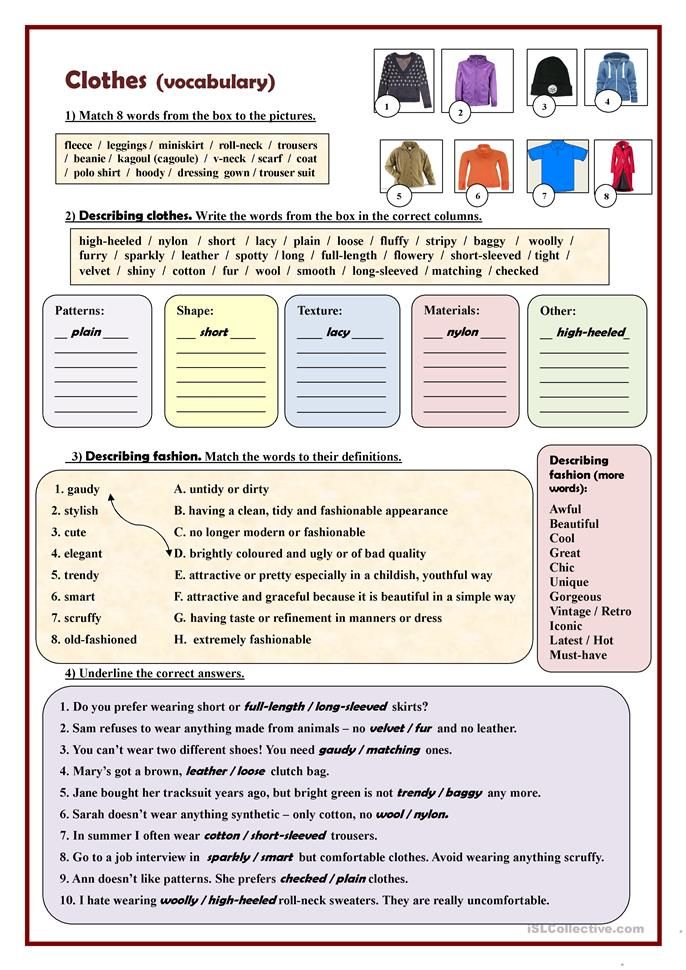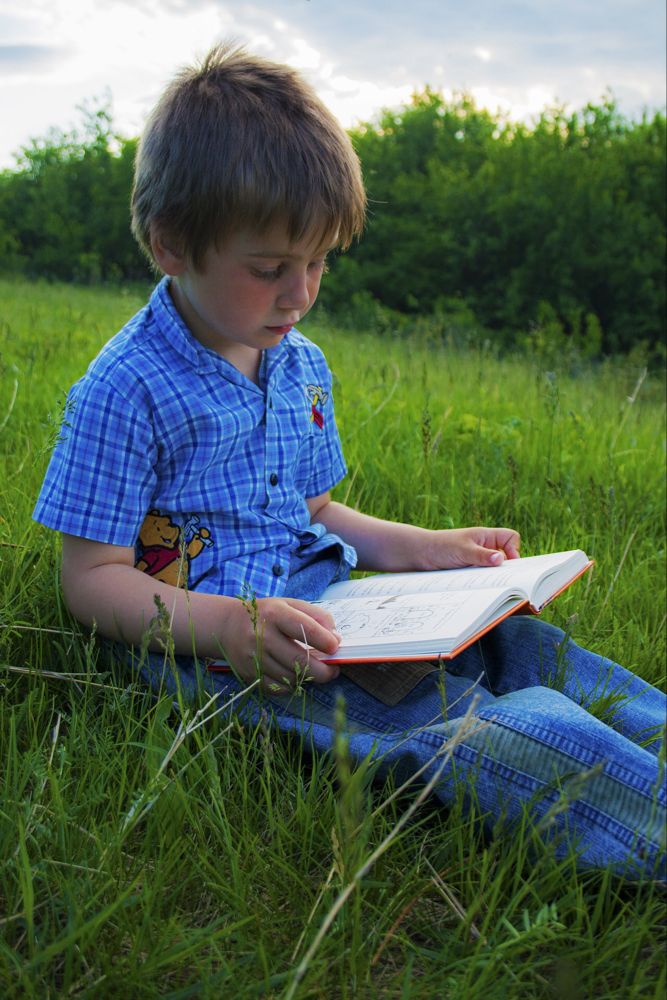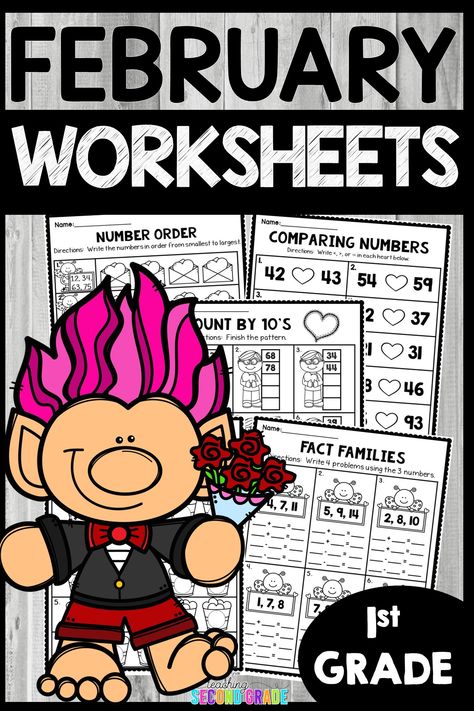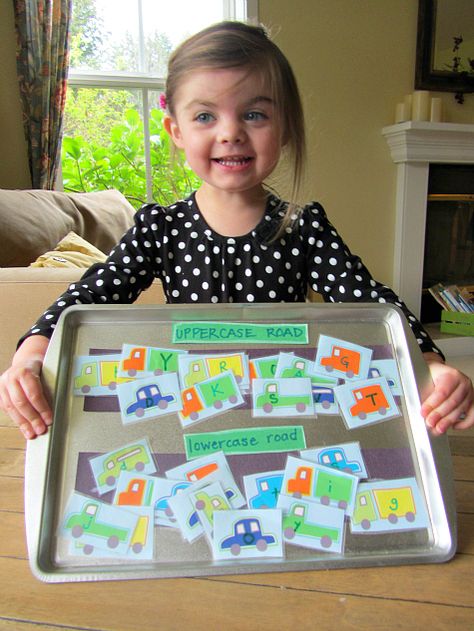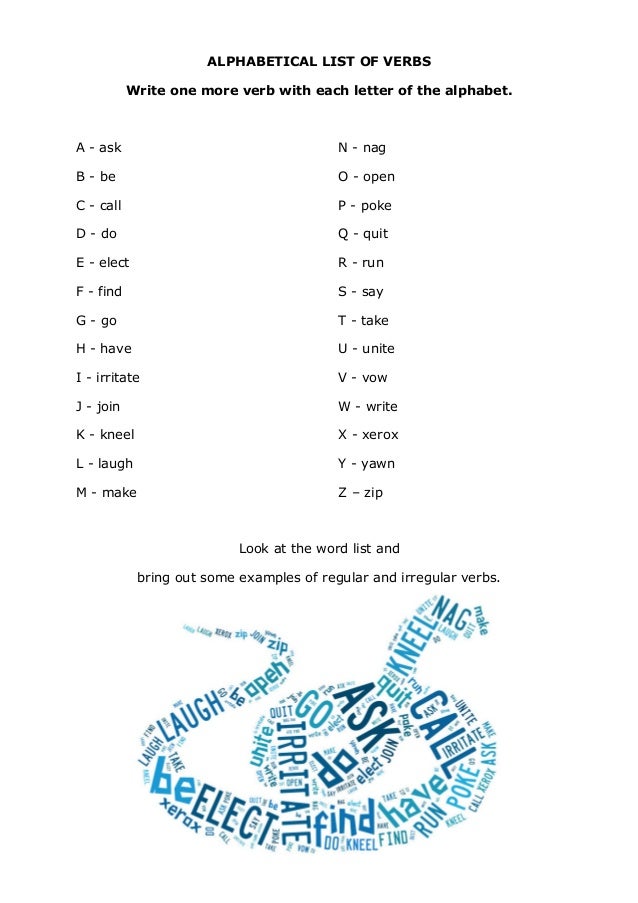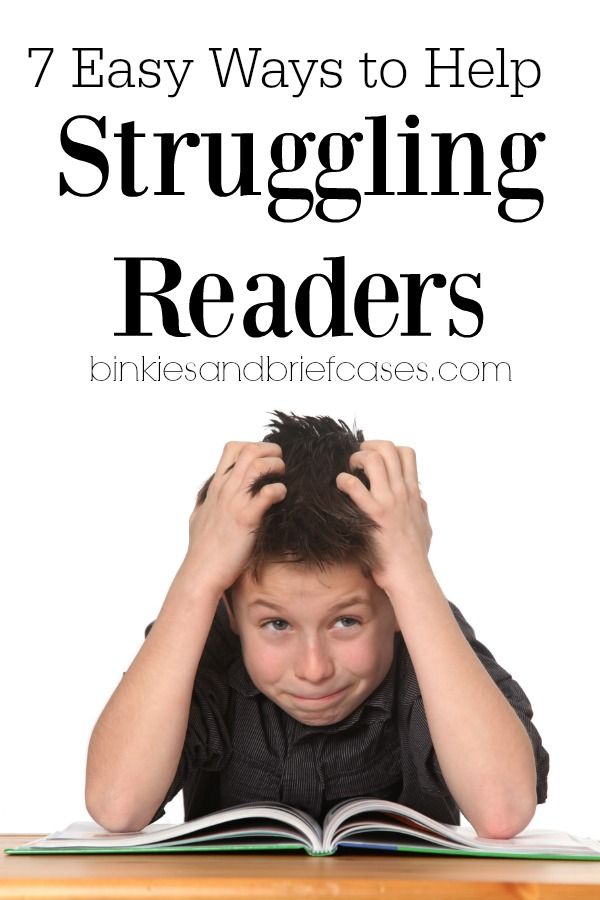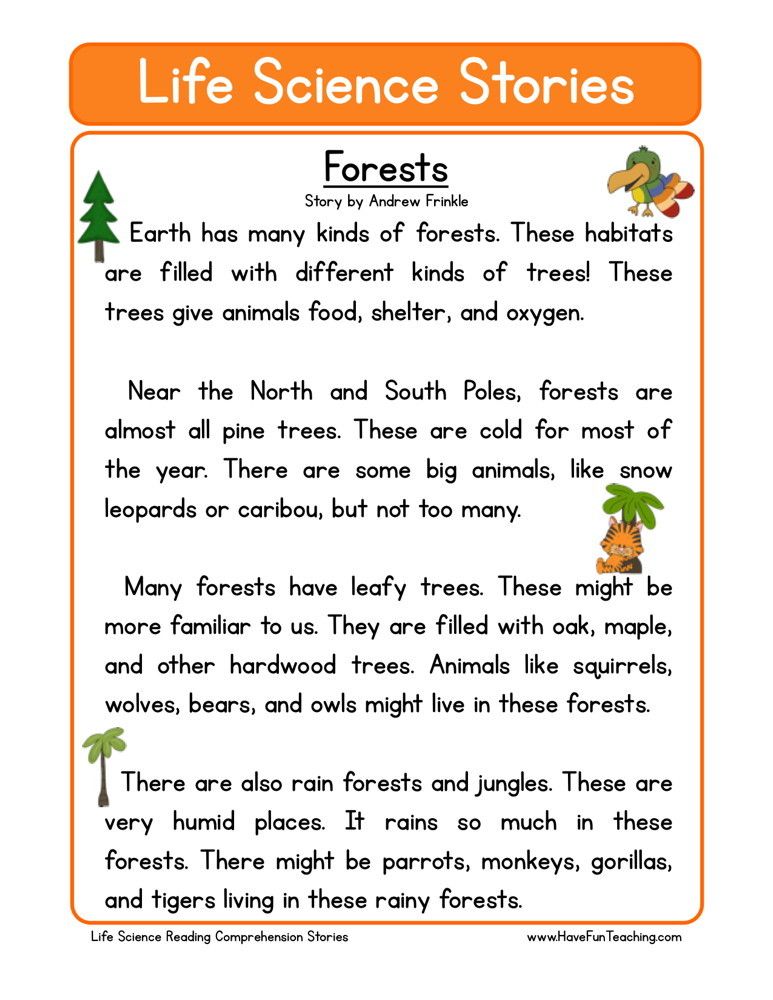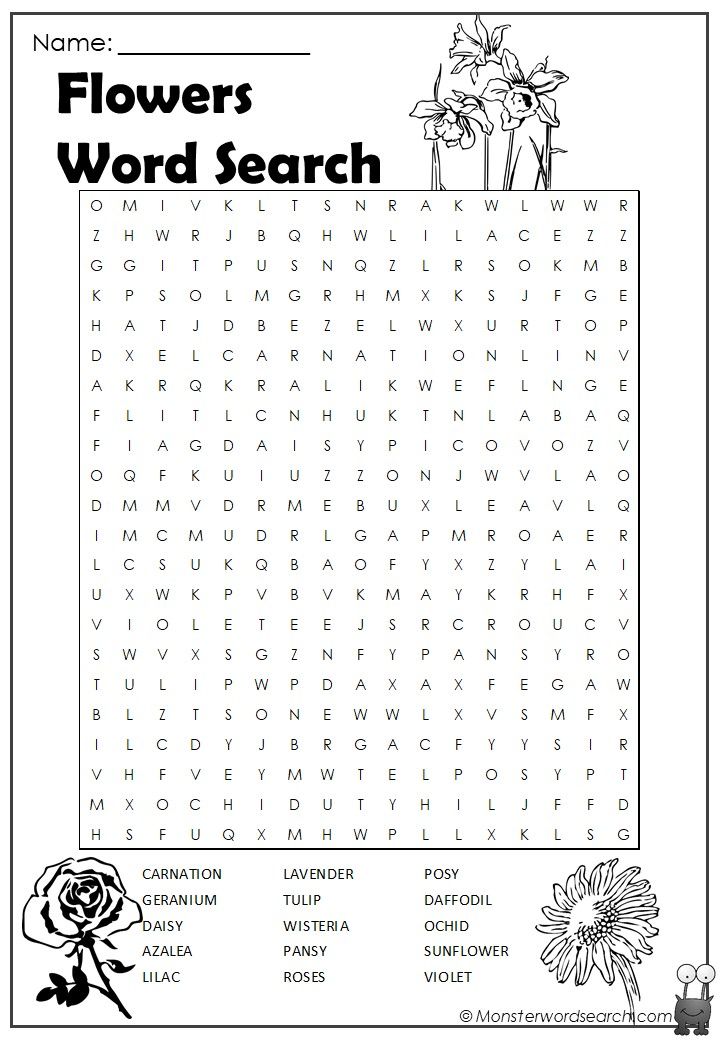Reading tests for kids
Reading Level Assessment – Assess your child's reading now!
Thank you for signing up to Red Cat Reading.
Follow our three easy steps to take the reading level test and get your childs reading level on track for the new year.
Want to know how to assess your child’s reading fluency quickly and easily? Just take our 5 minute free reading test below!
Our reading assessment tools and books are developed by experts in language learning, so you can be confident your child will learn to read fast while having fun!
Has your child already tried using a different reading level test? There’s no harm in testing their reading abilities again!
Step 1. How Old is Your Child?
Step 2. Quick Reading Assessment
Use our One-Page Reading Level Assessment to find your child’s level.
Then choose books from your child’s level and start reading!
Can your 3 year old read this sentence?
The cat sat.
Yes   –> Then Start Reading on the 3 Year Old Learning Path
No   –> Then Subscribe to Red Cat Reading and we'll help your child catch up!
Can your 4 year old read this sentence?
I pack my bag.
Yes   –> Then Start Reading on the 4 Year Old Learning Path
No   –> Then Subscribe to Red Cat Reading and we'll help your child catch up!
Can your 5 year old read this sentence?
Birds fly in the sky.
Yes   –> Then Start Reading on the 5 Year Old Learning Path
No   –> Then Subscribe to Red Cat Reading and we'll help your child catch up!
Can your 6 year old read this sentence?
Did you ever see bees crawl inside flowers?
Yes   –> Then Start Reading on the 6 Year Old Learning Path
No   –> Then Subscribe to Red Cat Reading and we'll help your child catch up!
Can your 7 year old read this sentence?
Birds can be many different sizes.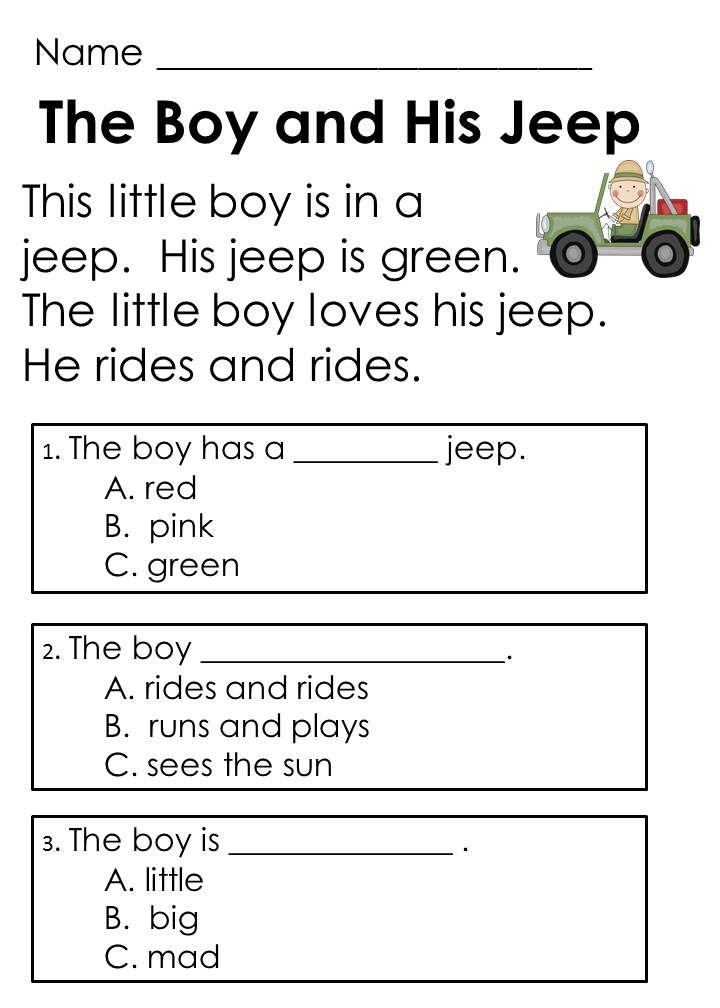 The largest bird of all is the ostrich.
The largest bird of all is the ostrich.
Yes   –> Then Start Reading on the 7 Year Old Learning Path
No   –> Then Subscribe to Red Cat Reading and we'll help your child catch up!
Step 3. Start Reading!
1. Watch the video
2. Watch again & read along with the e-book
3. Complete the quiz
Age 3-5
- Kindergarten Reading Level Books
Age 5-6
- First Grade Reading Level Books
Age 6-7
- Second Grade Reading Level Books
Need help?
Just email us and we’ll assess your child’s reading for free!
info@redcatreading.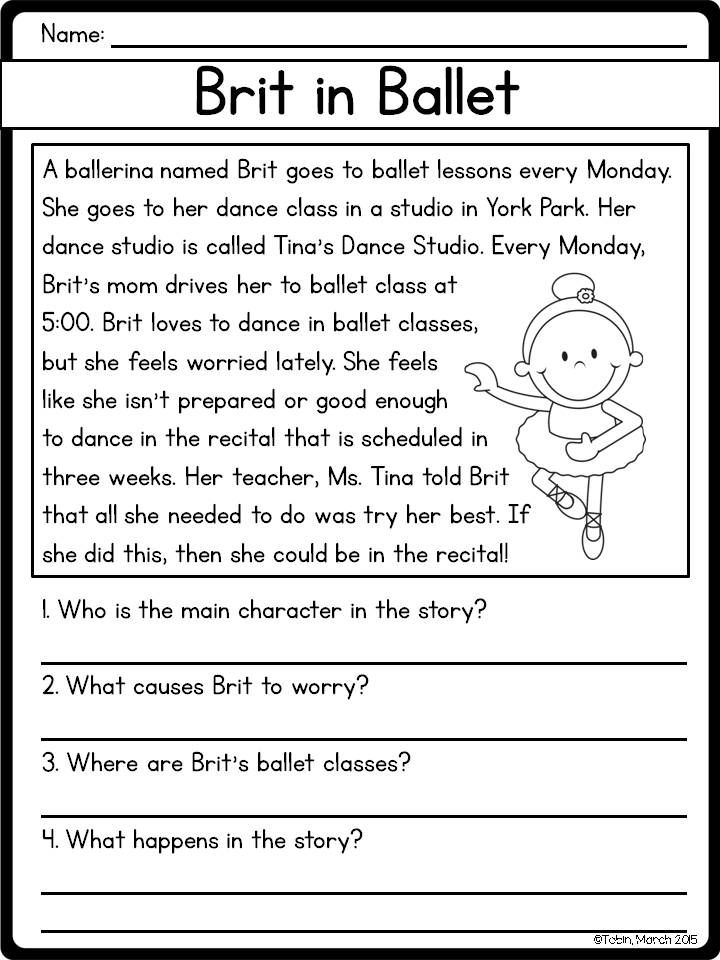 com
com
How to Use RedCatReading.com
Want your child to improve their reading comprehension, pronunciation and vocabulary? You’re all set with Red Cat Reading!
Our phonics, storybooks and leveled books will take your child from early reader to confident third-grader!
Press play on our video below, and earn how to use our book levels, lessons and quizzes to help your child learn to read the fast and fun way!
After your child has finished our guided reading level books, you can use each lesson’s quiz to test their reading comprehension and see if they should level up!
Reading Level Chart
Want to know more about our different guided reading levels? Check out our Reading Level Chart below!
Our books and videos are perfect for ages 3-8.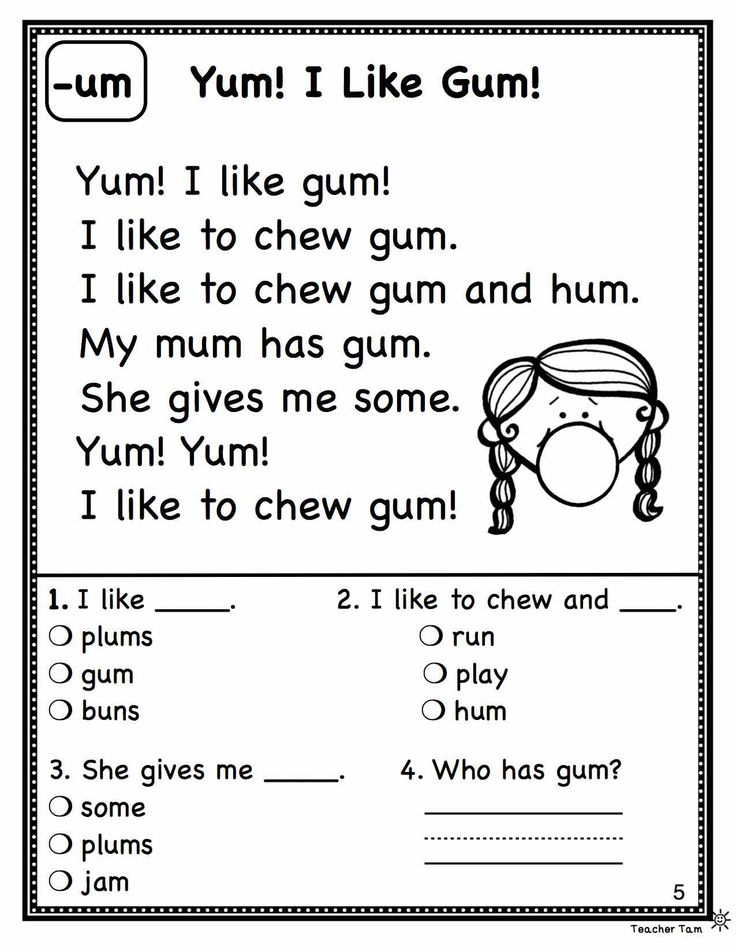 Children will learn to read and get better at reading with our exclusive learning materials.
Children will learn to read and get better at reading with our exclusive learning materials.
Use this chart as a reading level finder. You’ll find just the right books and videos to improve your child’s reading skills.
Assess Your Child's Reading ~ Learning Abled Kids®
Using a Free Reading Test Can Help You Help Your Child!
Do you need to know your child’s reading level, his decoding skills level, reading fluency and reading comprehension?
Using these free online reading tests for kids can help you assess your child’s current reading level. Below, I’ll break down the types of reading test types you may want to use.
You can use these reading tests for kids as a screening for the possible presence of dyslexia in your child, a reading grade-level placement test, or to assess your child’s current level of reading fluency. Just pick the free reading test(s) that will provide with the information you are seeking.
Assessing your child’s reading level may provide you with information to determine the type of reading help your child may need and determine how far behind your child may be.
If you find your child is far behind, you will want to seek a comprehensive neuropsychological evaluation to determine the root cause of your child’s reading difficulties. Having an evaluation will help you provide the best reading program to meet your child’s needs.
Reading skill involves reading decoding, fluency, and comprehension. You’ll need to decide which aspect of reading concerns you. Select an appropriate reading test based upon your child’s individual needs.
Reading decoding is the ability to understand or decipher the sounds represented by each letter or combination of letters in a word. This is the first, and most basic, skill required for a child to be able to read. It is the core problem area for children with dyslexia.
For an overall snapshot of your child’s reading abilities, there is a Free Reading Test at K5 Learning (includes a math assessment too). This test will provide you with your child’s current grade level in the following areas:
- Phonemic Awareness – individual sounds within the spoken language
- Phonics – understanding letters and sounds in the written word
- Sight Words – high frequency words
- Vocabulary – the meanings of words in context
- Reading Comprehension – understanding what is read
- Math Numbers and Operations – adding, subtracting, multiplying, dividing, fractions
- Measurement Concepts – time, money, measuring
- Geometry – characteristics and properties of geometric shapes.
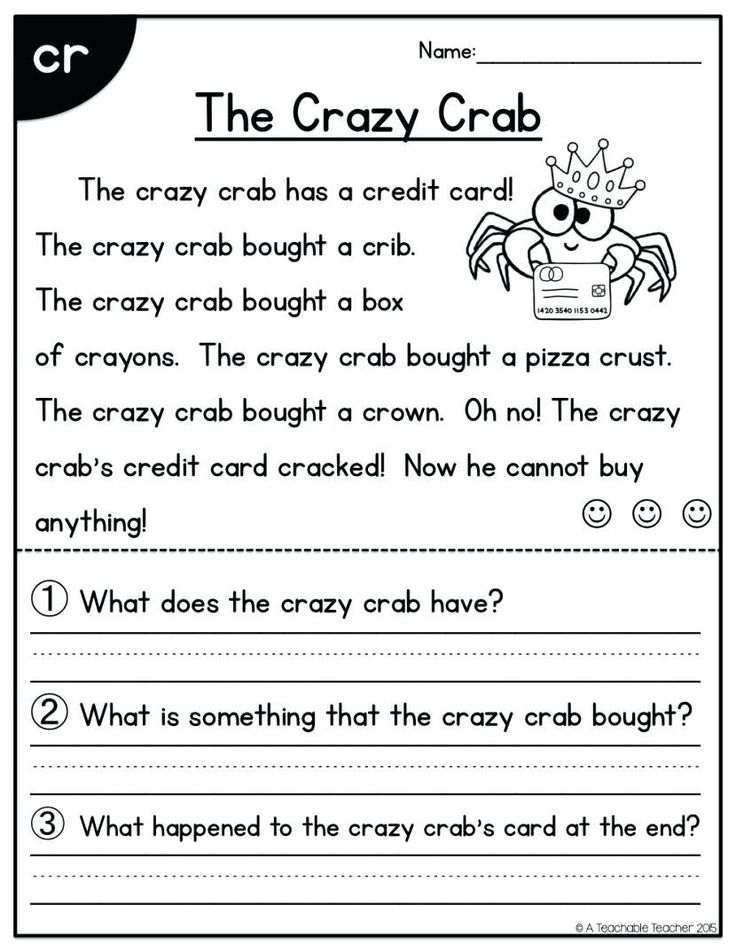
I like the K5 Reading and Math Assessment because it gives you a visual bar with your child’s performance level. It also gives the “Mastery Range,” so you can easily see what level of performance your child has within his or her current performance level.
Additionally, this assessment also gives you your child’s “Placement Level,” which is ideal for knowing exactly where to START working with your child.
The K5 Reading assessment is free, but you do have to sign up for an account to use the assessment. At the time I’m writing this, NO credit card info is required and there are no obligations for the free trial. Your first 14 days are free, so you can even try out their lessons to see if your child likes them.
The first area of reading test you may need to use is a reading decoding test
If you suspect your child has dyslexia, you may want to begin with a free online reading test for dyslexia available through the **Reading Success Lab. “The Reading Success Lab’s tool is a quick assessment that indicates whether a basic reading decoding problem might be present. ” Since an inability to decode words is at the heart of true dyslexia, it is very important to understand issues which may be involved in poor reading abilities if your child shows signs of dyslexia.
” Since an inability to decode words is at the heart of true dyslexia, it is very important to understand issues which may be involved in poor reading abilities if your child shows signs of dyslexia.
The Sound Reading program is backed by research showing it to be an effective instructional program for reading. They offer a free reading test that your child can take to determine his current reading skill level. Given this free test is related to the Sound Reading program, of course they’d love it if you’d buy their program, but you’ll want to check out a variety of program options prior to choosing a program.
If you would like an informal, free, online reading test without having to register (like is required for the Reading Success Lab), you may find the **”Red Flag Reading Screening” to be helpful. This test is only a screening test. It is best used to gauge how well, or if, your child is progressing in reading. You can also use it to determine if your child is indeed reading at or near grade-level.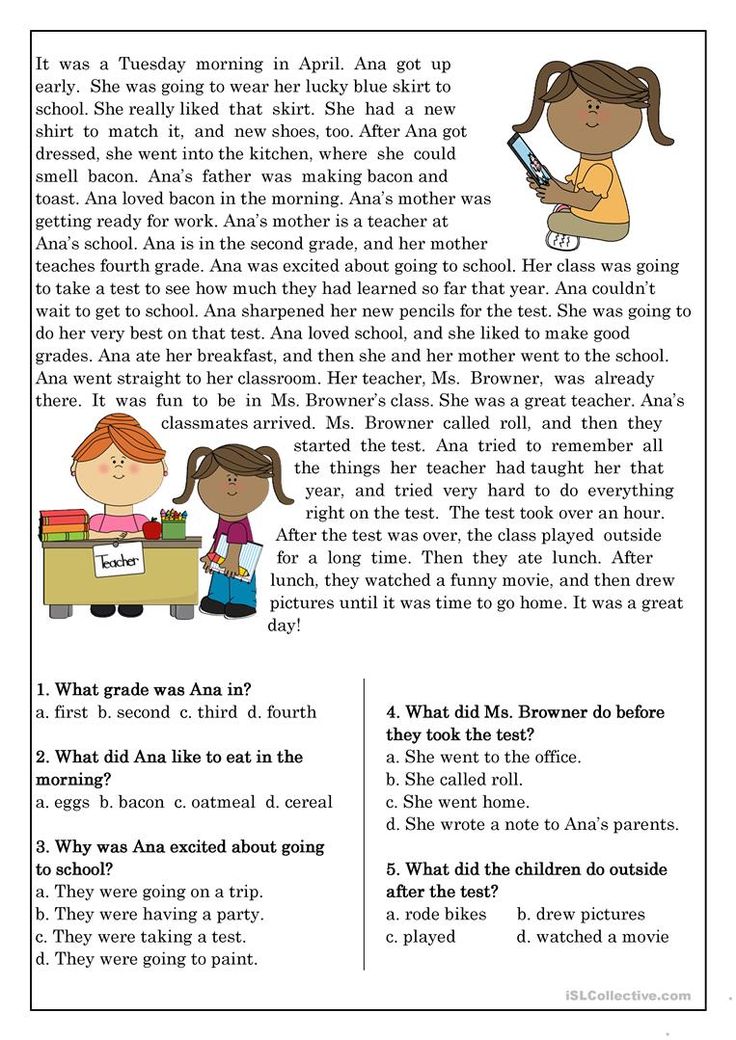 The Red Flag Reading Screening is “not designed to be a comprehensive evaluation or placement tool. It is merely a ‘snapshot’ indicator, and poor performance indicates the need for further investigation of a student’s academic skills and deficiencies.”
The Red Flag Reading Screening is “not designed to be a comprehensive evaluation or placement tool. It is merely a ‘snapshot’ indicator, and poor performance indicates the need for further investigation of a student’s academic skills and deficiencies.”
Another free online reading test for kids is called “Abecedarian” and it’s available through Balanced Reading’s Assessments page. Written by two reading researchers, Sebastian Wren and Jennifer Watts, the Abecedarian is available for you to download and use for free. This is a comprehensive and thorough evaluation of several different important skills for reading which will give you a solid indication of your child’s short-comings when it comes to reading. By using this reading test, you’ll know which skills require direct instruction and which ones your child has already mastered. This is an excellent reading test to use at any time to get a solid snapshot of your child’s reading abilities.
If your child can decode words fairly well, you may want to determine what grade-level your child currently reads at, whether he reads fluently, or whether his comprehension is good.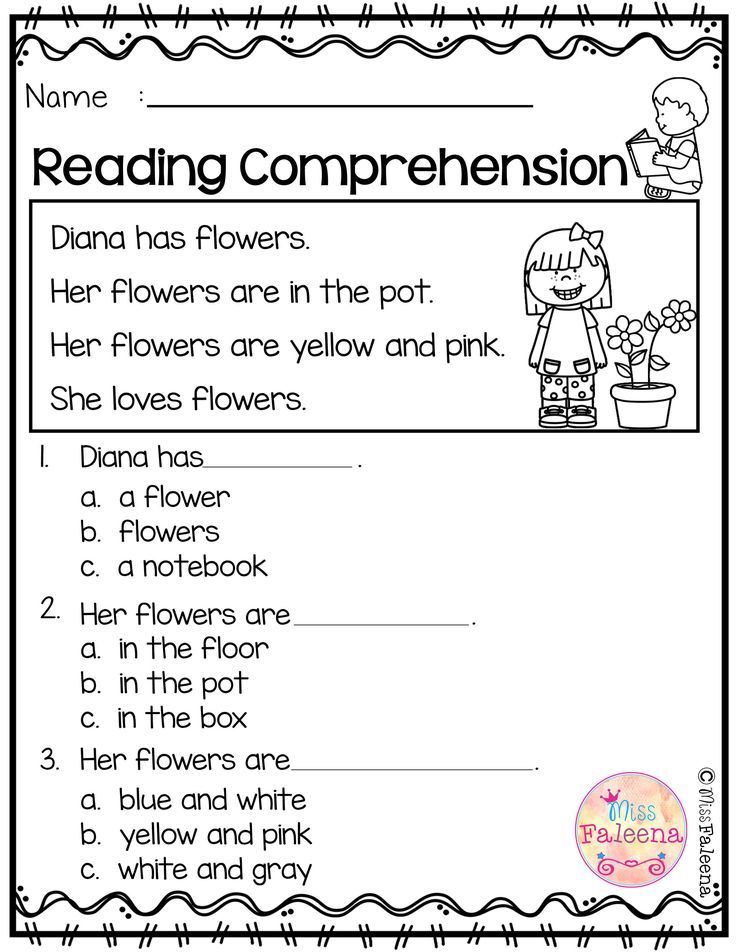 You can check these higher-level reading skills of your child’s by picking a free reading test from the list below. These Free Reading Test options are primarily used for grade-level placement or screening for reading disabilities, so they may or may not provide you the specific information you are seeking.
You can check these higher-level reading skills of your child’s by picking a free reading test from the list below. These Free Reading Test options are primarily used for grade-level placement or screening for reading disabilities, so they may or may not provide you the specific information you are seeking.
- Sonlight Curriculum’s Reading Assessments
- K12’s Reading Placement Tests
- National Right to Read Reading Competency Test
The second component of reading skill is called “Reading Fluency”
Reading fluency is a demonstrated ability to read smoothly in a rhythmic, and expressive manner. If your child is reading fluently, he will be able to read through a passage without stopping for more than a second or two to figure out words. Your child will generally read the passage as if he were a smooth talker. A child may falter briefly every few paragraphs and still read fluently. It is the degree and frequency of hesitations that determine if a child reads fluently.
For children with reading decoding difficulties, reading smoothly with understanding can be a significant issue. When you have your child practice Reading Fluently, it will be helpful to measure your child’s fluency level.
A great free Reading Test to use is DIBELS. The Dynamic Indicators of Basic Early Literacy Skills (DIBELS) is a set of standardized, individually administered measures of early literacy development. They Reading Test is designed to provide short (one minute) fluency measures used to regularly monitor the development of pre-reading and early reading skills. You can use the DIBELS Reading Test when you begin working on fluency and at regular intervals to measure progress. DIBELS is offered by the University of Oregon Center on Teaching and Learning.
The third component of successful reading is “Reading Comprehension”.
There is a comprehension Reading Test available for free at:**Pearson Longman, which is a textbook publisher. There are Reading Tests for grades 1-8, and each grade level has multiple reading tests to choose from.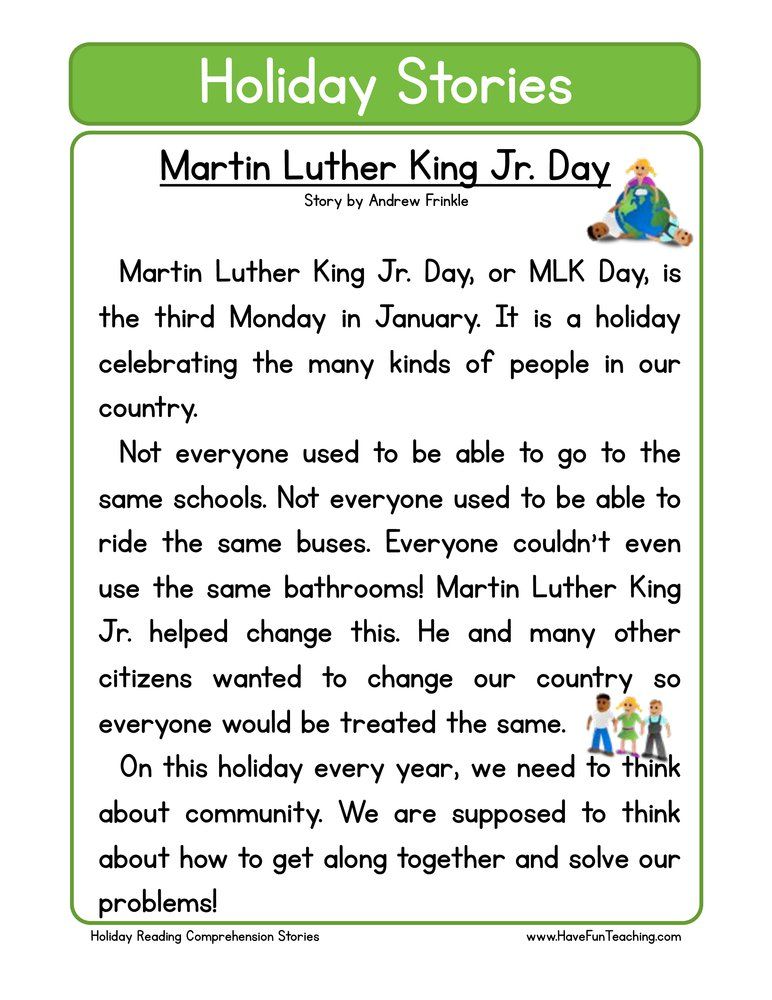
If you used a Reading Test to determine your child’s reading level and found your child has significant issues with reading decoding, reading fluency, or reading comprehension, I HIGHLY recommend seeking a comprehensive evaluation for learning disabilities, like dyslexia. If your child has dyslexia, he will need special help to learn how to read well.
You may also wish to check out our information on Reading Fluency, Reading Comprehension, and Vocabulary since these aspects of reading skill can have a significant influence on Reading ability as well. Our information on Speed Reading may be of interest once your child reads fluently beyond a third grade level.
Best Wishes in helping your child learn to read well!
Table of Contents
- 1 Using a Free Reading Test Can Help You Help Your Child!
- 2 The first area of reading test you may need to use is a reading decoding test
- 3 The second component of reading skill is called “Reading Fluency”
- 4 The third component of successful reading is “Reading Comprehension”.
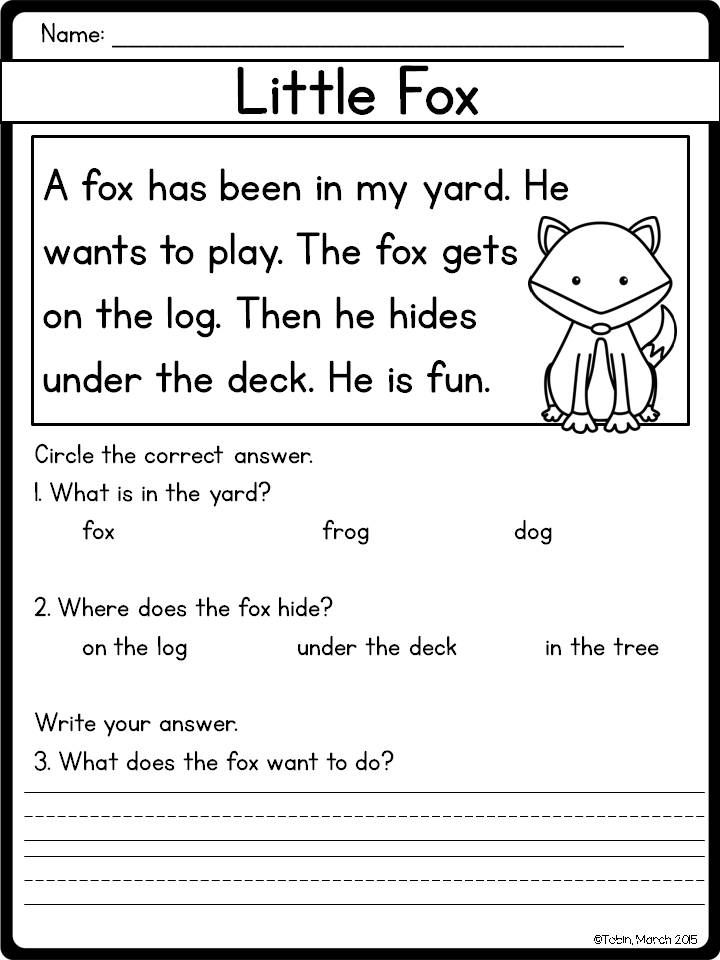
Reading tests for grade 1 online
- Online tests
- Reading
- 1 class
-
Test quiz "Our favorite fairy tales"
03/21/2020 17437
An exciting quiz on Russian and foreign fairy tales for students in grades 1-4
-
Journey through fairy tales
02/21/2020 3059
Dear guys! Today we will talk about Russian folk tales. We invite you to answer the test questions.
-
Final Literary Reading Test for Grade 1
11/08/2020 287 0
The test is used to organize a control check when assessing the achievements of first-graders in literary reading.
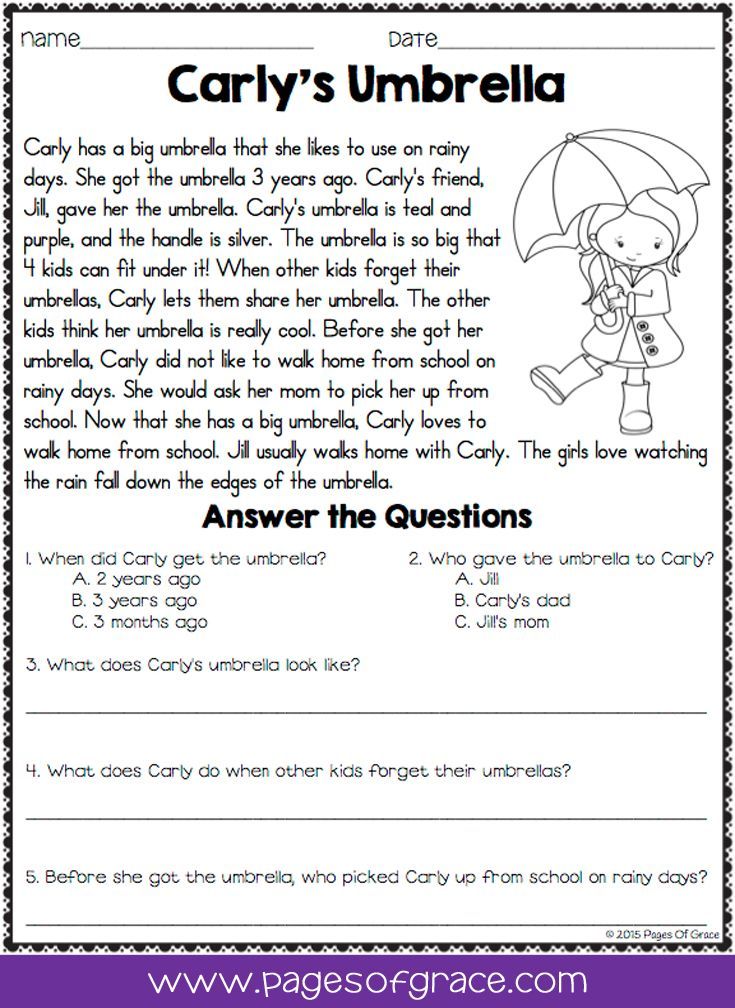
-
Work with text
12/22/2019 767 0
The test is intended for 1st grade students. At the lessons of literary reading, I pay much attention to working with texts not only for the formation of reading techniques and reading comprehension, but also for the development of the following indicators, which are aimed at developing the ability of students to apply the acquired knowledge, skills and abilities in educational and life situations: Finding information. Interpretation text.
-
Fairy tales, riddles, fables
04/13/2020 1022 0
The test was created on the basis of Klimanova's textbook "Literary reading" grade 1.
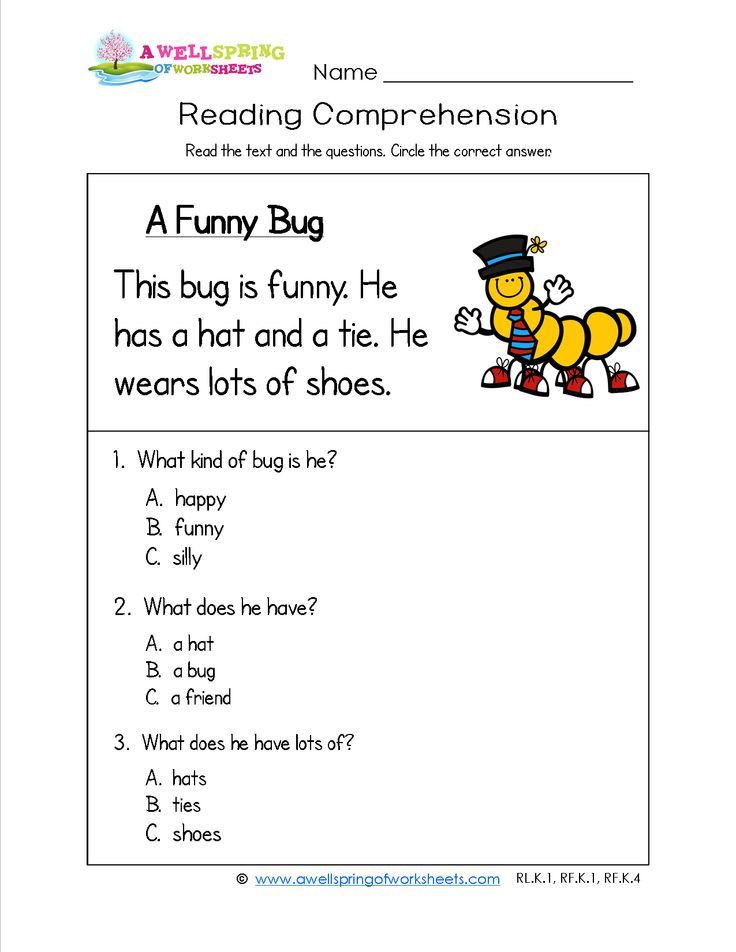 Generalization on the section "Fairy tales, riddles, fables".
Generalization on the section "Fairy tales, riddles, fables". -
Generalization under the section "And in jest and seriously." Literary reading. 1 class. School of Russia
29.04.2020 242
Literary reading test in the section "Joking and Seriously". 1 class. School of Russia
-
Literary reading. 1 class. M. Prishvin "Forest drops"
03/28/2020 290 0
This test is designed to test the learned material on the story of M. Prishvin "Forest drop"
-
Test on the section "And in jest and seriously"
04/15/2020 2144
This literary reading test is designed for students of the 1st grade in the teaching materials "School of Russia" topic "Jokingly and seriously"
-
April, April, drops are ringing!
04/18/2020 965
The test was developed for 1st grade students according to Klimanov's textbook "Literary reading"
-
Leo Tolstoy "Jackdaw and jug"
04/23/2020 959
In the course of work, you will get acquainted with the story from the alphabet of Leo Tolstoy.
 The test is designed so that children learn to analyze the text and be able to find the right answers to the questions posed.
The test is designed so that children learn to analyze the text and be able to find the right answers to the questions posed. -
“April, April. Drops are ringing ... "
04/27/2020 329 0
The test is intended for 1st grade students. With the help of this test, the teacher can test the knowledge of the children on the topic "April. April. Drops are ringing ..." To successfully pass the test, students need to carefully read the poems in this section.
-
Generalization under the section "And in jest, and seriously"
29.04.2020 113 0
Klimanova's textbook, 1st grade.
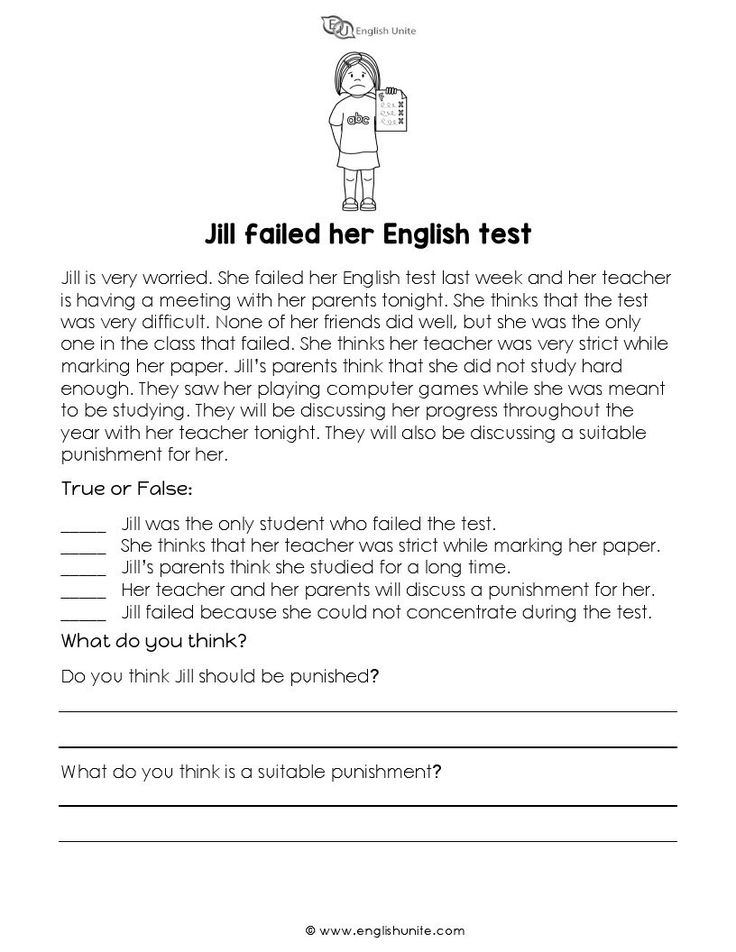 Literary reading test. Generalization for the section "Joking and Seriously"
Literary reading test. Generalization for the section "Joking and Seriously"
-
Test for grade 1 on the works "Sasha the teaser", "Fedotka", "Hello"
05/03/2020 124 0
Literary reading test for grade 1 "School of Russia" based on the works of: N. Artyukhova "Sasha the Teaser", K. Chukovsky "Fedotka", O. Driz "Hi". This test is recommended for students to test their knowledge of the studied works. The test contains 10 questions.
-
Leo Tolstoy "The Old Man and the Apple Trees"
07.05.2020 276 0
In the course of work, you will get acquainted with the story from the alphabet of Leo Tolstoy.
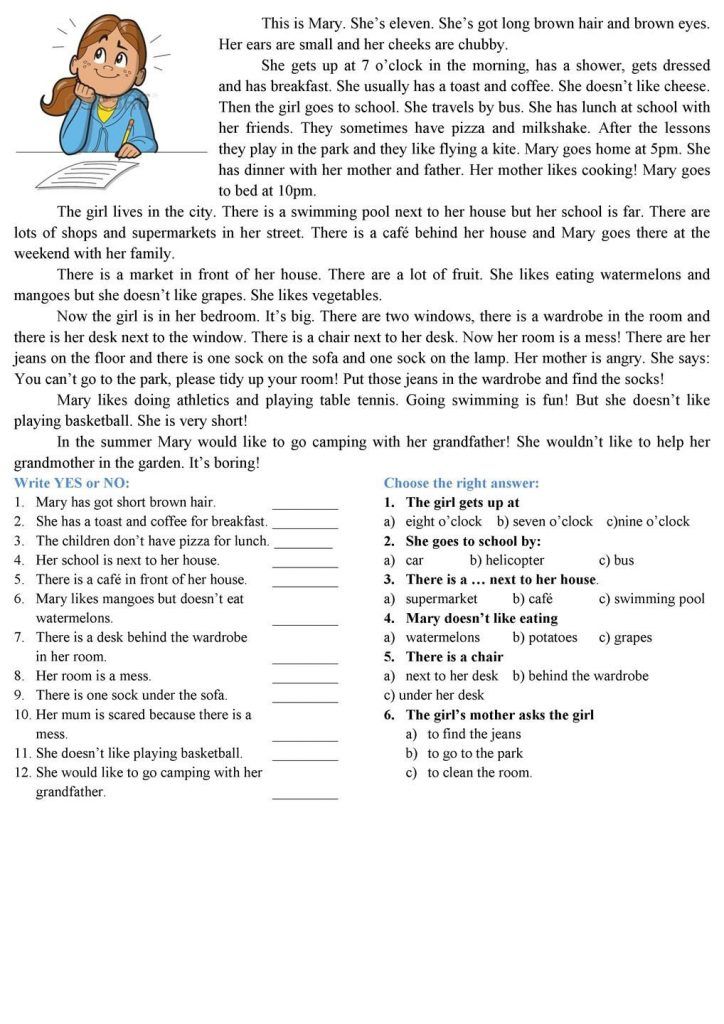 The test is designed so that children learn to analyze the text and be able to find the right answers to the questions posed. The work can be used to prepare for the Olympiad by students of grade 1.
The test is designed so that children learn to analyze the text and be able to find the right answers to the questions posed. The work can be used to prepare for the Olympiad by students of grade 1. -
Tikhomirov "Nakhodka"
05/08/2020 64 0
This literary reading test is designed for students of the 1st grade in the teaching materials "School of Russia" based on the work of D. Tikhomirov "Nakhodka"
-
Literary reading by E. Bekhlerova Cabbage leaf
05/12/2020 1963
The test is designed for children to learn how to analyze the text and how to find the right answers to the questions.
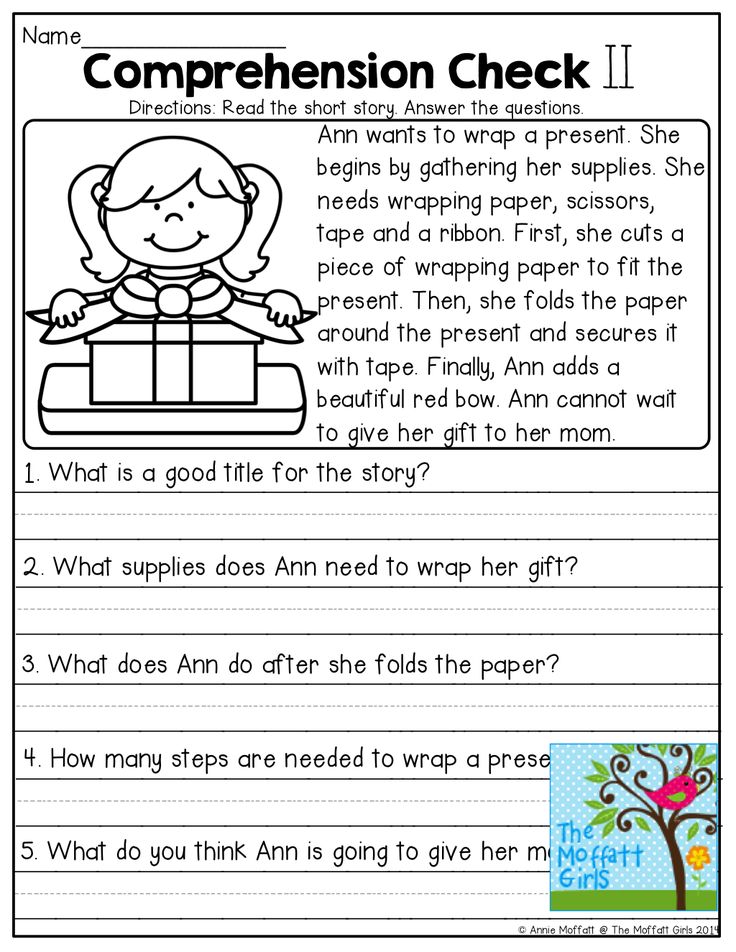 The work can be used to prepare for the Olympiad by students of grade 1.
The work can be used to prepare for the Olympiad by students of grade 1. -
Generalization on the sections "Me and my friends", "About our smaller brothers"
05/27/2020 349 0
Test on the sections "Me and my friends", "About our smaller brothers". Grade 1, school of Russia
-
Competition "Unadult books". 21 stages. L.N. Tolstoy. "Filipok"
06/12/2020 318 0
A test for children and adults who read books with pleasure and very attentively. It is part of the "Non-Adult Books" competition, which takes place as part of the Third Children's Art Festival "Non-Adult Festival".
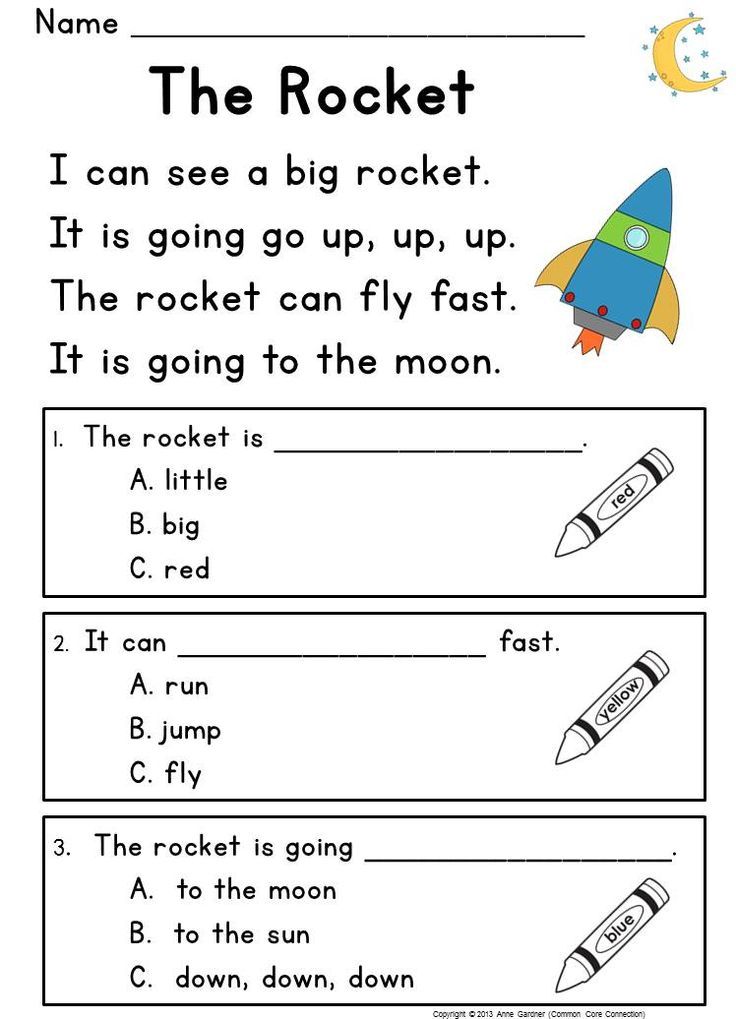
Test whether the child is ready to read. Is your child ready to learn to read? Test and play with sounds. Signals for parents
Most parents believe that it is necessary to teach a child to read no later than the first grade. However, the same methods cannot be applied to preschoolers as to 7-year-old children. we found that before learning letters, it is worth taking care of the child's vocabulary and whether he can tell stories. Today is about how to move forward in learning to read further.
"You mean words are made of sounds?"
We have already established two aspects of language that form the basis for developing literacy and then reading: vocabulary and storytelling. The third component is called phonological awareness. We use phonological awareness when we can isolate the "b" sound in the word "bolt" or the "l" sound in the word "log". In fact, for young children, this is a very difficult task.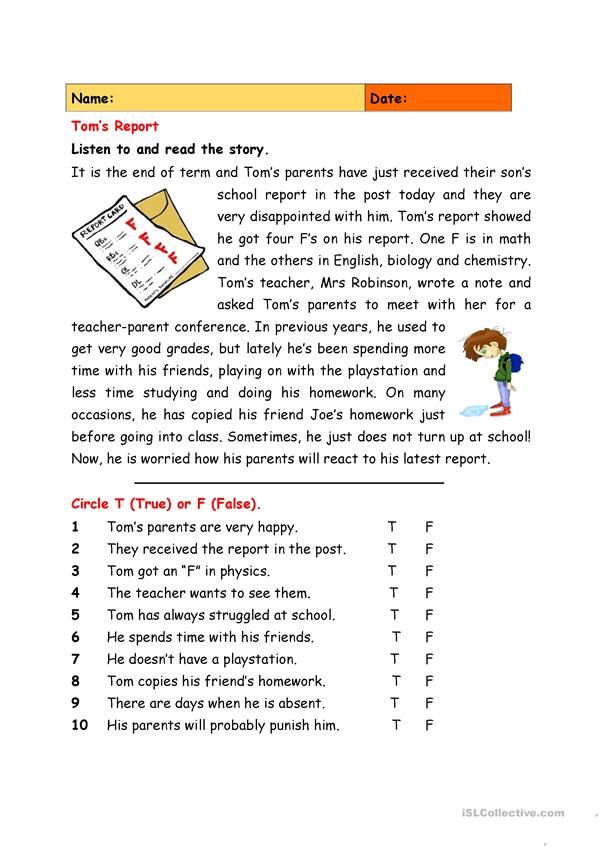
How does a child come to understand the fact that the word "cat" is made up of 3 different sounds? How do we know if a child has already developed phonological awareness?
Some researchers suggest that young children manipulate the word or analyze its sounds. For example, a child might be asked, "Say top." Now say that word again, but without the “t” sound. Or: "Say 'key'. Now say that word again, but remove the “ch” sound and insert the “v” sound instead. What will happen?"
Sounds and Syllables Test
One of the most brilliant approaches was developed by Dr. Isabelle Lieberman. During the experiments, four-year-old children were given a stick and then asked to hit it on the table as many times as they heard sounds in a given word. Then each child was read aloud (one at a time) 42 monosyllabic words, each of which consisted of 1-3 sounds (phonemes).
Next, Dr. Lieberman tested another group of four-year-olds, asking each of them to complete the same task, only with syllables.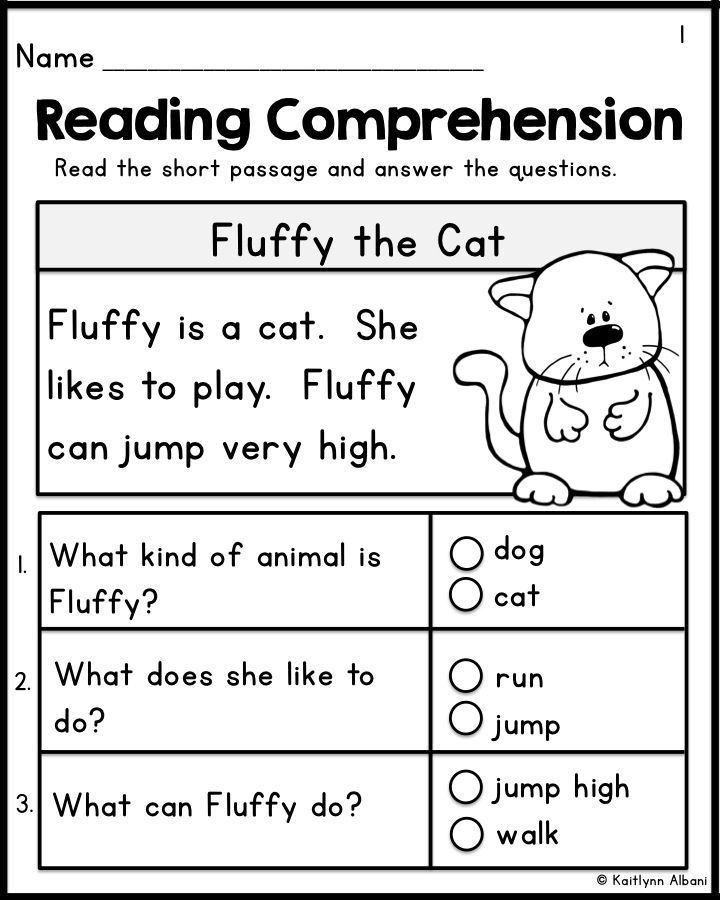 This time the children were read a list of 42 words consisting of 1-3 syllables. For example, Dr. Lieberman could ask a child, "How many parts do you hear in the word 'rocket'?"
This time the children were read a list of 42 words consisting of 1-3 syllables. For example, Dr. Lieberman could ask a child, "How many parts do you hear in the word 'rocket'?"
What were the results? The four-year-olds who took the phoneme test did not answer a single question correctly. But about half of the four-year-olds coped with the syllable task. This fact leads to two conclusions. First, it means that preschoolers are able to play this game when the unit of analysis (syllable) is large enough for them to notice. Secondly, it shows that preschoolers are not sensitive enough to the individual sounds (phonemes) that make up words.
Dr. Lieberman then gave the phoneme task to older children who were already learning to read. She found that the children who were the best in the class in reading did well on the phoneme test. And of those children who failed the phoneme test, half were in the weaker part of the class in reading skills.
How to learn to distinguish sounds? Play!
To date, many other studies have confirmed these findings.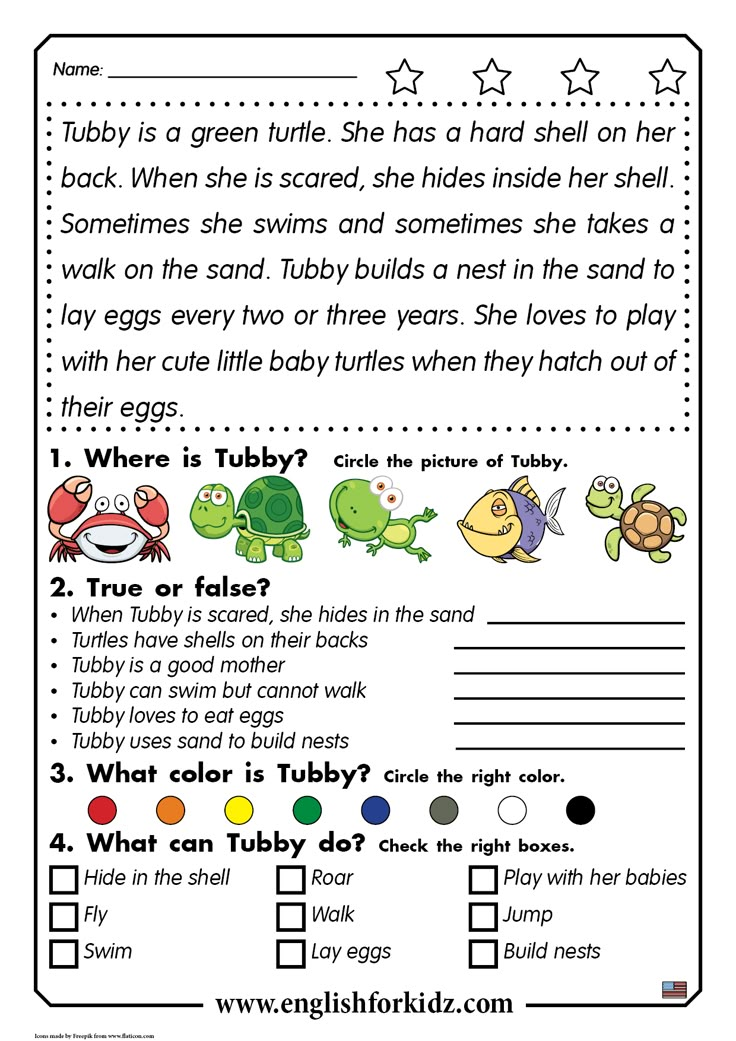 It is now clear that a lack of phonological awareness is one of the leading causes of reading problems. We also know that children with this awareness are better at reading. And we know how to help children gain phonological awareness. Basically - through children's play!
It is now clear that a lack of phonological awareness is one of the leading causes of reading problems. We also know that children with this awareness are better at reading. And we know how to help children gain phonological awareness. Basically - through children's play!
Play with speech by singing songs or reading nursery rhymes , necessarily rhymed. Simple songs and rhymes like “Above the lamp are midges, under the lamp of cats” help children realize that the initial sounds in words can be replaced by others. Replace the initial letters, creating new names from the old ones, for example: "Vanya - Sanya - Danya - Manya." There are many similar games with word transformations.
It is very convenient to play with words in transport or while traveling in a car. pay attention for items whose names begin with different sounds : "Can you find anything that starts with an 'h' sound? Oops, I see something. It's a man!" (This kind of game can even reduce the frequency of children's eternal questions: “Are we coming soon?”.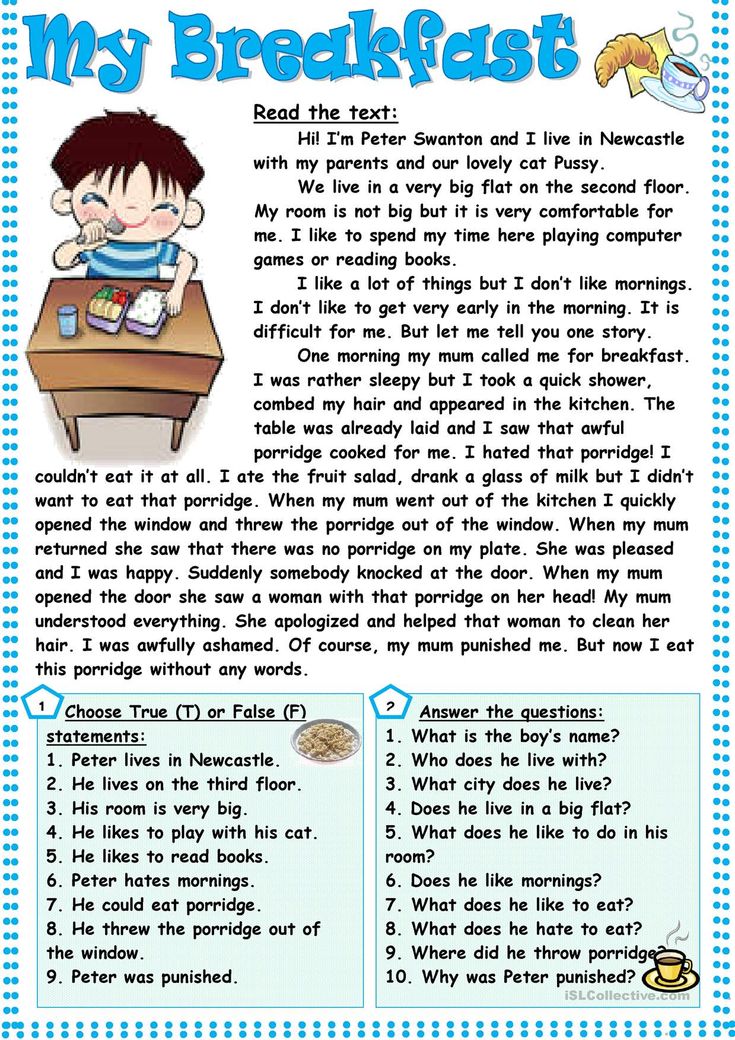 )
)
Another option: say a word familiar to the child and ask him to say one of its parts without the other : "You know the word 'balcony'. And what happens if you remove the "kon"?
Attention: reading!
Just as spoken language is made up of sounds that are in themselves meaningless, so written speech is made up of "squiggles" on a page that are themselves meaningless. Only when a child breaks this code and discovers that the "squiggles" have a certain meaning can he learn to read.
Imagine that you are holding a book written in a language you are not familiar with, such as Greek or Chinese. What do you need to learn how to read these obscure icons?
First of all, you will need the ability to separate letters from each other. If you cannot separate one sign from the next, how will you read the words then? Next, you need to find out what sound each letter or group of letters corresponds to. After all, reading is, in essence, the translation of a printed text into oral speech, even if this translation takes place silently and only “in the head”.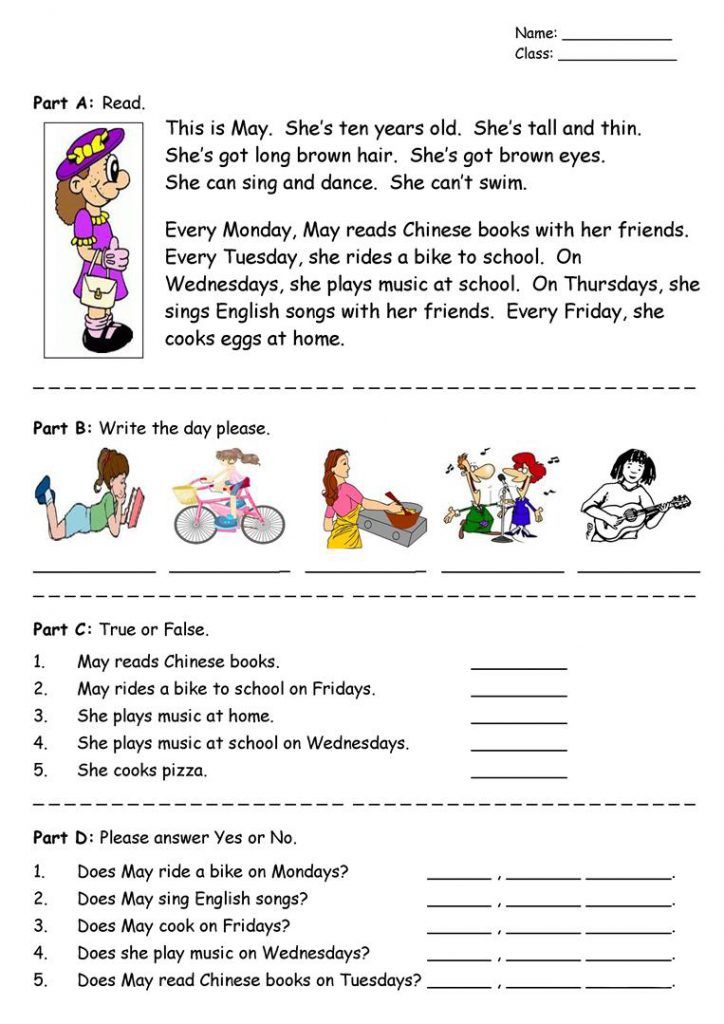
You also need to know how to combine letters and their sounds into words, merging them together. Although it is given to us adults without effort, provided that the text is written in our native language, it will not be so easy to do this, for example, with a Greek text; And this is exactly what our children have to learn.
This puzzle has another piece. Before you can even begin to identify letters or icons, you need to know which direction the unfamiliar text is heading. Maybe just like in English - from left to right. Or maybe it should be read from top to bottom (like Chinese characters) or from right to left (like Hebrew).
Finally, you need to know in which direction to turn the pages of the book. English people read a book from beginning to end, right? So, what is the beginning for us is the end for other language groups! In Hebrew, the reader starts at what we think is the end of the book.
It's amazing - and how did we manage to put together all the pieces of this puzzle in such a way that by the end of the first grade the school could read small books completely independently?!
Discussion
My older children were not ready to learn reading before school, somehow mastered this science in the summer before school
Everything has long been decided by those who really govern the country.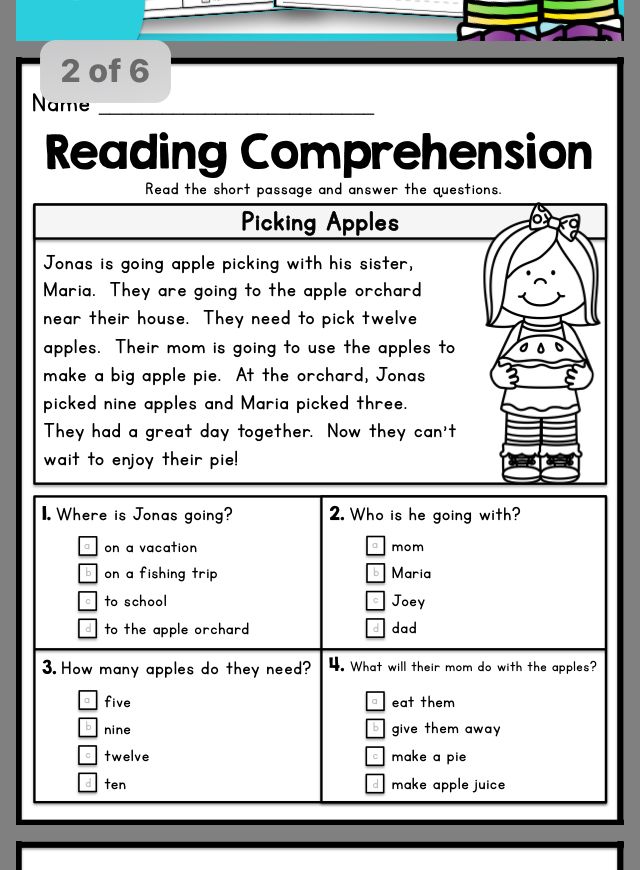 all power is bought. elections are a farce. I don't believe in democracy and freedom for a long time. More freedom for those who have more money. So everywhere in Ukraine and in Britain and in the USA.
all power is bought. elections are a farce. I don't believe in democracy and freedom for a long time. More freedom for those who have more money. So everywhere in Ukraine and in Britain and in the USA.
I'm saying this. Because I know. I want to tell a little more about this world than the authorities or corrupt media say about it. Go to my blog on the Politics Online website [link-1]. I have records, videos, petitions and a lot of other useful information here.
My principle of authorship is truth and justice....
Comment on the article "Is a child ready to learn to read? Test and games with sounds" . The school is ordinary. There is no interview, everyone is accepted. The child, of course, knows the letters, reads by syllables. But is it necessary to specially strain reading in the summer, or is it enough just to be able to somehow add letters into words?
~~~ Playing music at preschool age develops the brain, improves its structure. It is at this age that an excess of neurons is observed, and then it decreases than Musical classes for children 3-4 years old. 12 finger games - for home, holiday, developmental activities.
12 finger games - for home, holiday, developmental activities.
learning to read. Education. Child from 3 to 7. Education, nutrition, daily routine, attending kindergarten and relationships with people online. I borrowed the idea from Tolstoy that learning to read can take place anywhere, and letters can be even from...
Our child also reads and counts and is already seven years old, but we ourselves decided to give him the next year. Psychologically, he is not yet ready, and And you are not quite right in assessing readiness for schooling. In addition to the ability to read, write and count, the ability to calmly ...
Yes, during the preschool period re should learn to work with sounds. If there are no difficulties with phonemic hearing (speech therapist with this) See other discussions: Is the child ready to learn to read? Test and play with sounds. Iotated vowels - in preparation for school??
Teach your child to pronounce consonants in clear sounds so that after consonants there are no words My children speak 3 languages Russian, German and English.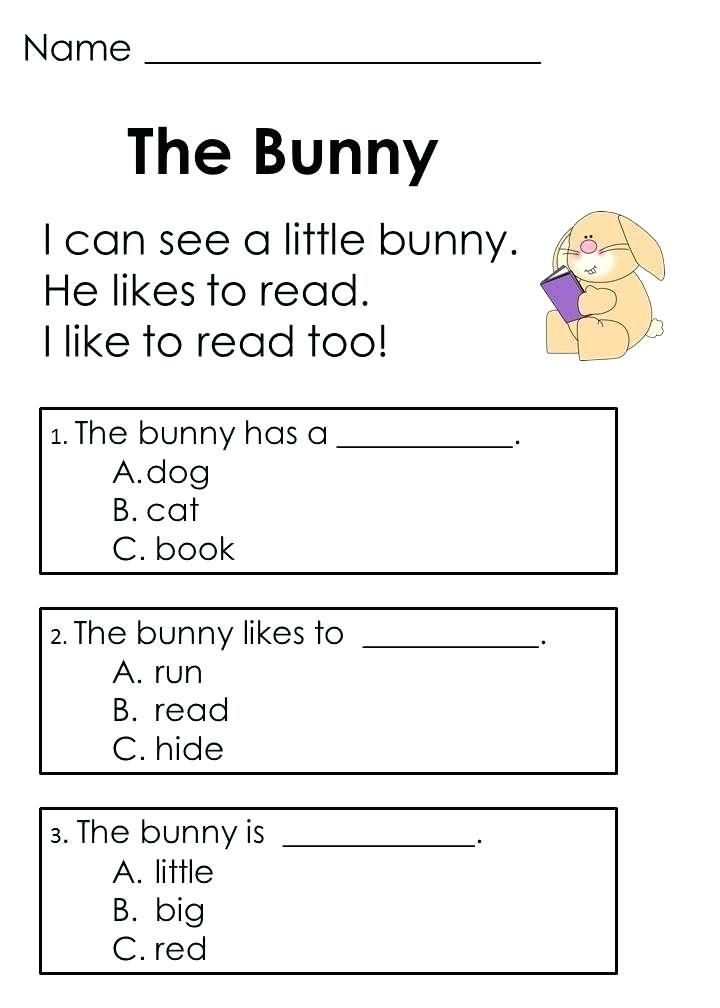 in large batches in England and the Demonstration Cube for learning English. Early development - learning by playing.
in large batches in England and the Demonstration Cube for learning English. Early development - learning by playing.
I found simple educational games for reading, where a picture is drawn and a word is written, and then these pictures with the words What a dangerous fuse the author has. TS is not ready for a remedial school, there is no time for a consultation with a defectogist, come what may, maybe we will pull it out.
Daughters are almost 4.5. There is absolutely no motivation to learn letters. I bought an electronic poster, there is a CD with the alphabet from Auntie Owl. Nastasya watches it like a cartoon (((Nothing is put off in her head. On the poster she turns on songs and dances))) I read below that they are already teaching to read, and we are all tinkering with letters. Can you recommend something useful?
Children with special needs, disability, care, rehabilitation, doctor, hospital, medicines. Any finger games, this is both an activity and a game, a sea of \u200b\u200brhymes, you yourself move your fingers and pens. Blind completely, or is there residual vision? if there is, then lying on...
Blind completely, or is there residual vision? if there is, then lying on...
Development of speech. Difficult words. It is very interesting to play word games with children. You can come up with sentences and short stories with difficult words. You can search\remember poems or songs with these words.
Toys and games. A child from 3 to 7. Education, nutrition, daily routine, attending a kindergarten and relationships with caregivers I wanted to learn something new. What do your kids like to play at that age? Not in the sense of toys, but some kind of games, with improvised material?
Child from 3 to 7. Upbringing, nutrition, daily routine, attending a kindergarten and relationships with caregivers, illnesses and physical activity Poems-dialogues, stories-dialogues - I ask for help. Have you noticed that many children really like all sorts of theatrical performances?
You should not start learning to read when the child has serious problems with the general development of speech, with pronunciation (full "porridge" in the mouth), with hearing, etc.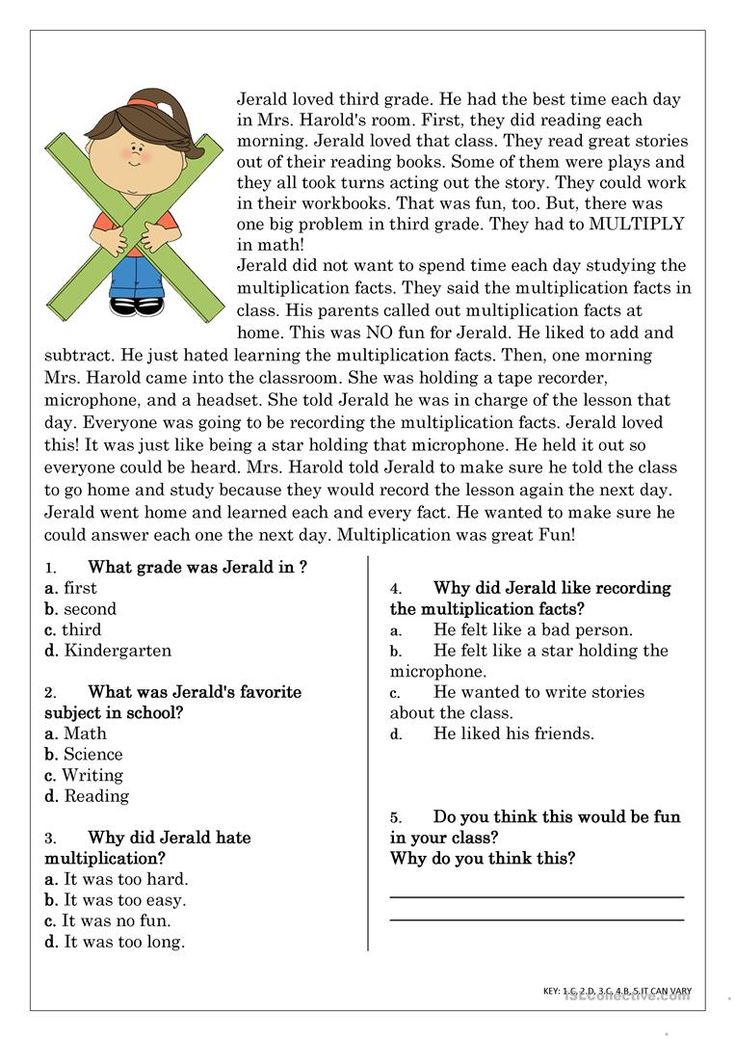 If the matter is only in the incorrect pronunciation of several sounds, then this cannot serve as an obstacle to learning to read.
If the matter is only in the incorrect pronunciation of several sounds, then this cannot serve as an obstacle to learning to read.
The child knows all the letters - learned on his own initiative, generally not indifferent to signs - letters, numbers, road signs, car brands. But he speaks very badly and little. At 3 years 4 months - at the level of a two-year-old and even worse. And then progress - in the winter there were only 25 words, now it’s already well over a hundred and more are added almost every day. Sentences of 3-5 words, "stories" of 2-3 sentences. Answers questions - most often in monosyllables.
I read (with my first child) about methods of teaching reading in whole words. Then it didn't come in handy - I learned to read myself Cards with words - this is Doman's technique. In my deep conviction, for teaching reading in RUSSIAN, it is completely unsuitable.
Kindergartens and preschool education. I show the formation of the word and give the mechanism: watermelon - because watermelons, owl - owls, kitten Why do we need sound - letter analysis? Explain to me why, for a slow-witted child, you need to go through .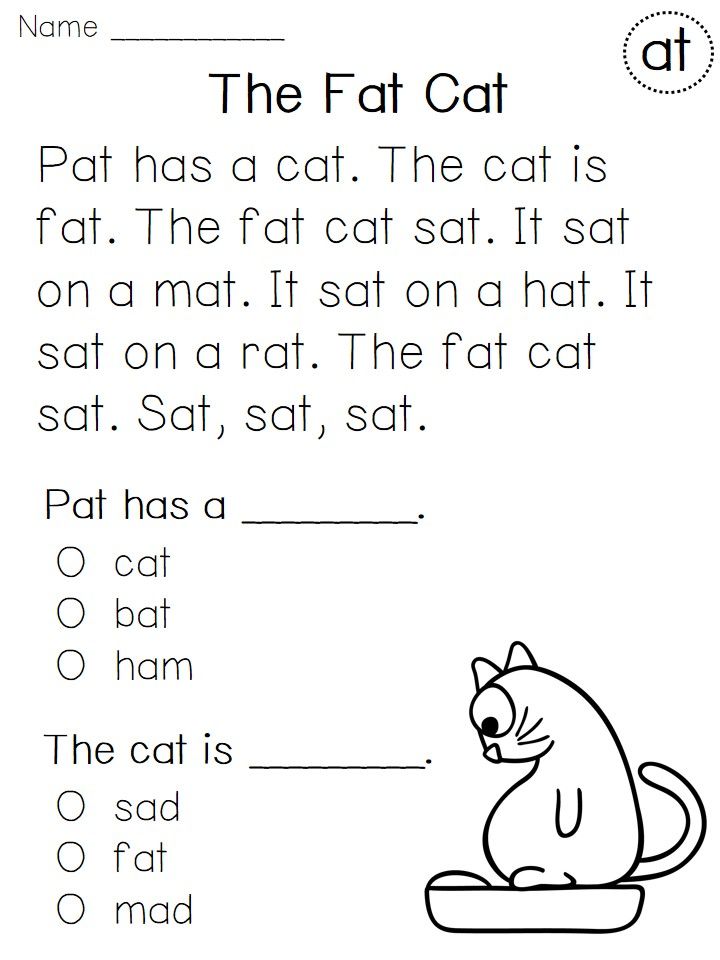 ..
..
Reads 60 words per minute at home, 38 words per minute at school (there is also a reading speed of 140 words per minute in the class). When I read to children, I read 120 words per minute, this is a normal perceived rhythm. Does it really matter if a child is not ready for school? The main thing is that he is ready and willing to learn!
Toys and games. A child from 3 to 7. Upbringing, nutrition, daily routine, attending a kindergarten and relationships with caregivers, diseases Favorite games at this age: find what looks like, like in a cartoon (banana to the moon, a bush to a dog, etc.) take turns calling what...
Sounds P-R" can be heard at the beginning, in the middle and at the end of words (example for each position) What is possible at school is not always suitable for preschool children. preschoolers and...
Learning to read . I'm sorry if I'm asking in the wrong conference.0020
At what age should a child be taught to read? How to understand that the baby is ready for a rather difficult process that requires the mobilization of many qualities? There are many opinions on this matter.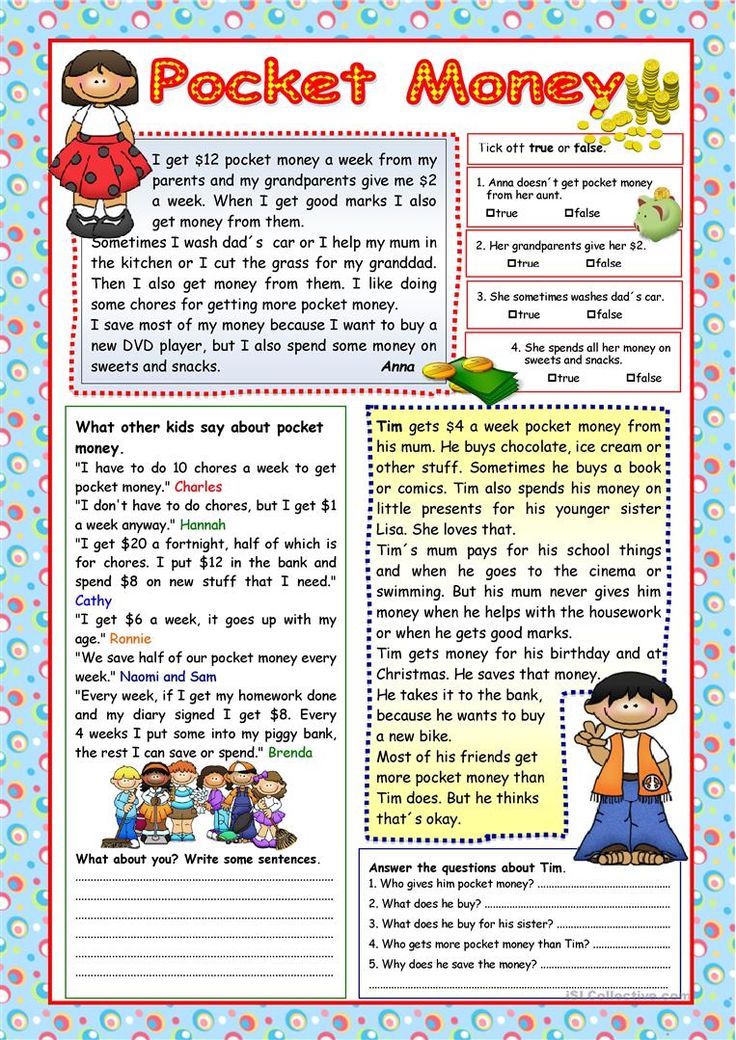 Most likely, everything here is individual. There were always four-year-olds who read fluently and ninth graders with difficulty putting syllables into words. The kid himself will tell you when it's time.
Most likely, everything here is individual. There were always four-year-olds who read fluently and ninth graders with difficulty putting syllables into words. The kid himself will tell you when it's time.
What experts think
In general, it is considered that the baby is “ripe” if:
- he already speaks well enough in sentences, expresses his thoughts in a coherent and accessible way; if this condition is not met, children may have problems with the development of speech - when learning to read (especially persistent), completely different parts of the brain are artificially activated than those that should contribute to the appearance of speech and communication skills at the appropriate age; there are also sad examples - kids who studied using Zaitsev's cubes before they began to speak, and as a result received a delay in speech development;
- the child has a well-developed phonemic hearing: he easily determines what sounds a word consists of, can distinguish a common sound in several words (for example, chocolate, cat, reeds), can find images of objects in the picture whose names begin with a certain letter;
- the baby has no speech therapy problems, that interfere with correct reading and the formation of phonemic hearing;
- the child is confidently oriented in space: knows where is right\left, top\bottom: this is necessary so that the baby does not read the words the other way around, from right to left.
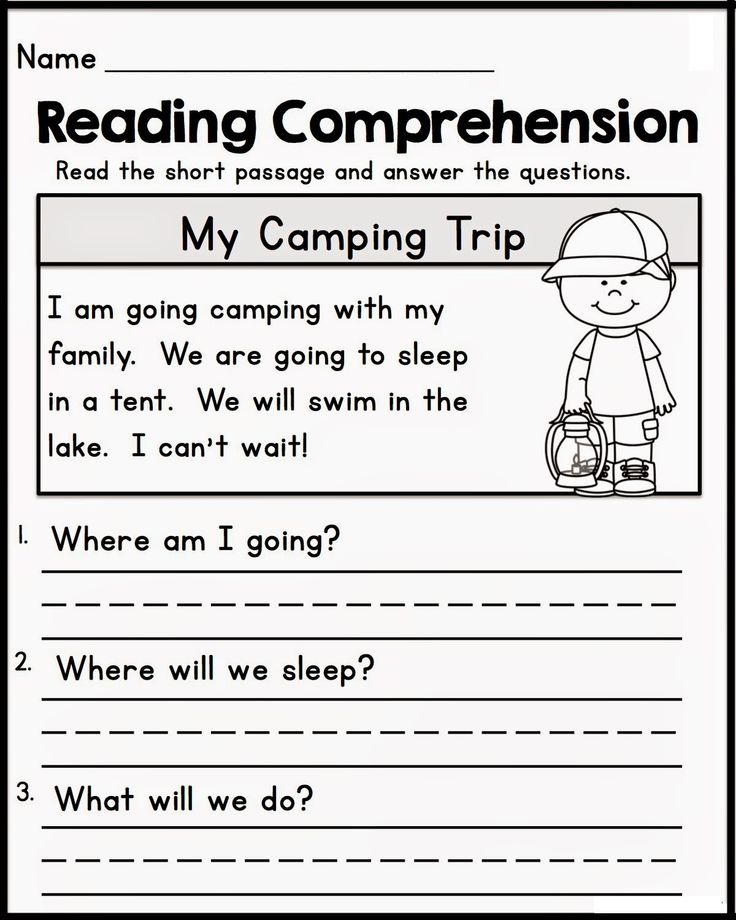
Some children reach such "heights" already by the age of 3-4, while others mature only by school. In any case, teaching an unprepared child means wasting time and nerves in vain. So you can only harm the baby, discourage his interest in reading for life, slow down the development of other skills and abilities. The best option in some cases is not to do the reading itself, but to prepare to immersion in this process: the development of speech and phonemic hearing, the elimination of speech therapy problems.
Signals for parents
My eldest son knew letters and sounds at the age of three. Today this is no longer a rarity, many children even at an earlier age confidently name each unit of the alphabet. But when he suddenly began to ask what was written on the signs we met along the way and asked him to find cartoons about syllables on the Internet (for general development, they sometimes turned on such videos for him for a short time), it became clear: the time had come to try to teach him to read.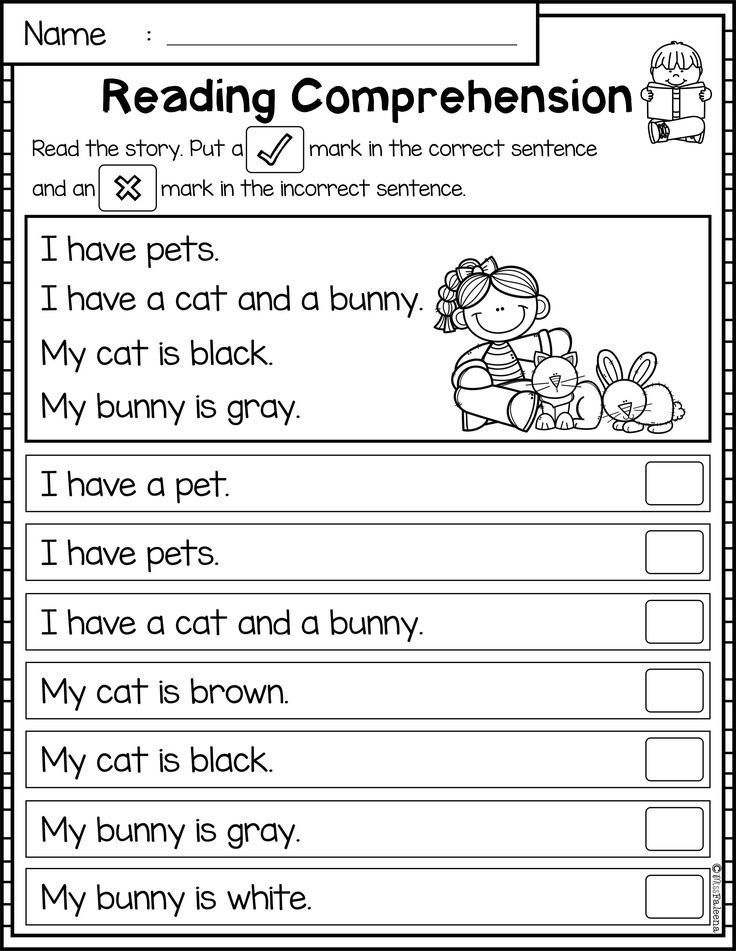 We started cautiously, slowly, but the process went very quickly and easily. Interest did not weaken - on the contrary, it only increased. As a result, by the age of 3.5, he was already reading the names of the children on the badges of his classmates in the figure skating section. Well, and, of course, the son also could not calmly pass by the street signs.
We started cautiously, slowly, but the process went very quickly and easily. Interest did not weaken - on the contrary, it only increased. As a result, by the age of 3.5, he was already reading the names of the children on the badges of his classmates in the figure skating section. Well, and, of course, the son also could not calmly pass by the street signs.
By the way, the younger one has not shown such interest so far (he is 4 years old). He knows letters, he adds up simple syllables, he learned to read syllables, but he does not look at signs, he does not ask for help in reading a complex word, he is not enthusiastic about classes (very short and rare). All children are really very, very different, each has its own “talent”. Events should not be forced.
My children are smart and inquisitive, but still different.
Toddlers often let their parents know when they are ready to learn to read. It is important to recognize these signals and not disregard, then all explanations will fall on fertile ground.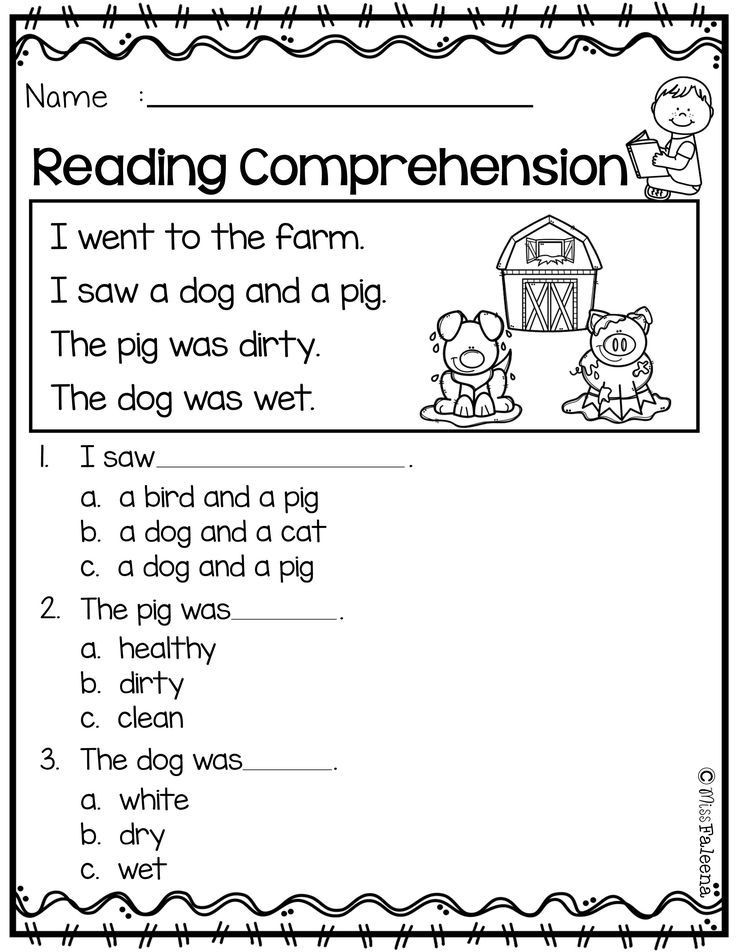 So most likely the child is already mature if:
So most likely the child is already mature if:
- periodically picks up a book and examines it for a long time, perhaps pretending to “read” it: retells a familiar fairy tale or composes something of his own, methodically moves his finger along the lines;
- creates his own “books”: imitating adult handwriting, “writes” the first works on a piece of paper, makes drawings for them or pastes pictures cut out from magazines;
- knows many poems by heart and can sing several songs;
- easily learned all the letters and sounds;
- has a rich vocabulary;
- listens with pleasure to fairy tales and stories performed by parents, can answer questions about the content of the work after listening;
- easily selects several words for a certain letter;
- is interested in reading with his parents: the lessons give him pleasure, the kid himself asks questions, tries to read the signs on the street.
A 4-year-old baby can directly ask his mom or dad to teach him to read.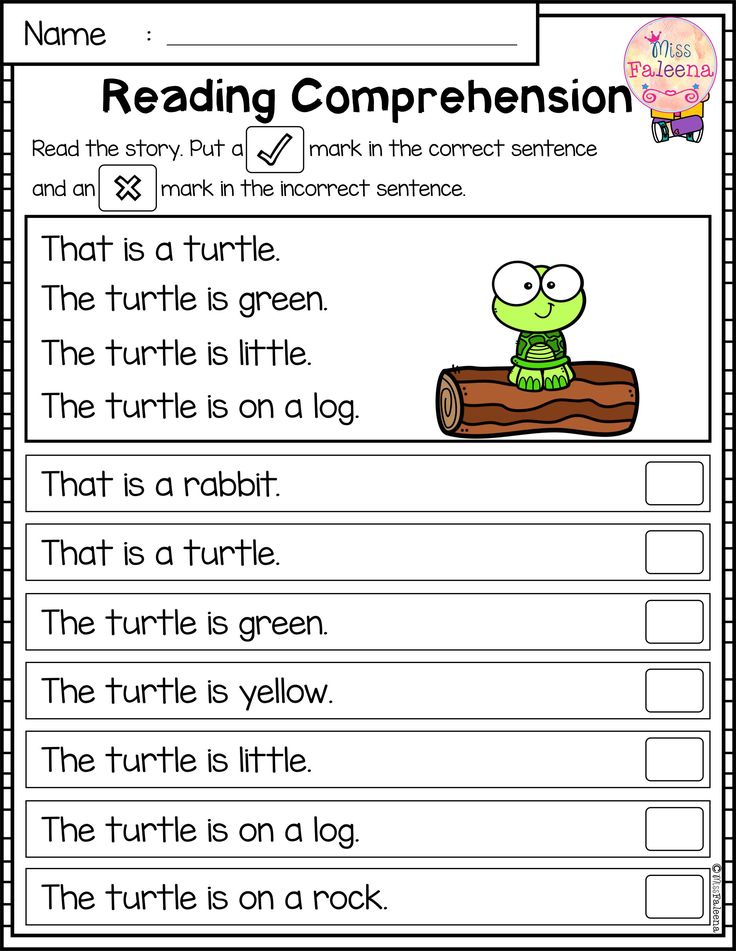 But even so, in order not to discourage his desire, you need to act carefully: to teach the baby in the game, using interesting bright aids, do not overload him with information, do not make the first lessons long (maximum 5-15 minutes). Well, what if the school is just around the corner, and the child is still not eager to take on the development of an important skill? It can be of interest, but this is a topic for a completely different article.
But even so, in order not to discourage his desire, you need to act carefully: to teach the baby in the game, using interesting bright aids, do not overload him with information, do not make the first lessons long (maximum 5-15 minutes). Well, what if the school is just around the corner, and the child is still not eager to take on the development of an important skill? It can be of interest, but this is a topic for a completely different article.
It is very important for parents not to miss the moment and start teaching their child to read on time. After all, now even in elementary school it is often required that a first-grader knows letters and can read short words. Child psychologists say that the ideal age for teaching a child to read is 5-6 years old. However, the psychological readiness of the baby is much more important than his age.
A child's readiness to learn reading skills can be determined by the following indicators:
- the child expresses thoughts and wishes in full sentences;
- answers questions correctly, is able to listen and understand what is read aloud;
- easily distinguishes similar-sounding words (for example, barrel-dot) - this means that the baby has a well-developed phonemic hearing;
- knows right-left, top-bottom;
- the child has no serious speech problems.

Test
You can also test your child's readiness to learn to read with a simple test. Answer “Yes” or “No” to the following questions:
- Does the child like fairy tales, stories?
- Can the child retell what they heard?
- Does the child look at picture books by himself?
- Is the content of the book more interesting than the illustrations?
- Does the child know some letters and numbers, does he want to learn to read?
- Does he pretend to read aloud, imitating you?
- Is he interested in works with cognitive information about nature, technology, people's lives.
- Does the child listen attentively when fairy tales or stories are read to him?
- Is the child's vocabulary large enough for free communication, is it easy to understand?
- Compound words do not raise questions about the meaning and meaning?
- Does your child enjoy reading aloud?
- Having learned and memorized the letters, does the child try to read independently?
- Does the child have any speech therapy problems?
- Does the child distinguish sounds similar in phonetics well?
- Does the child communicate in complex multibasic sentences?
- Will the child be able to convey the meaning of what is read aloud or heard in his own words?
- Does the baby know poems, songs, fairy tales by heart?
Give 1 point for each affirmative answer.